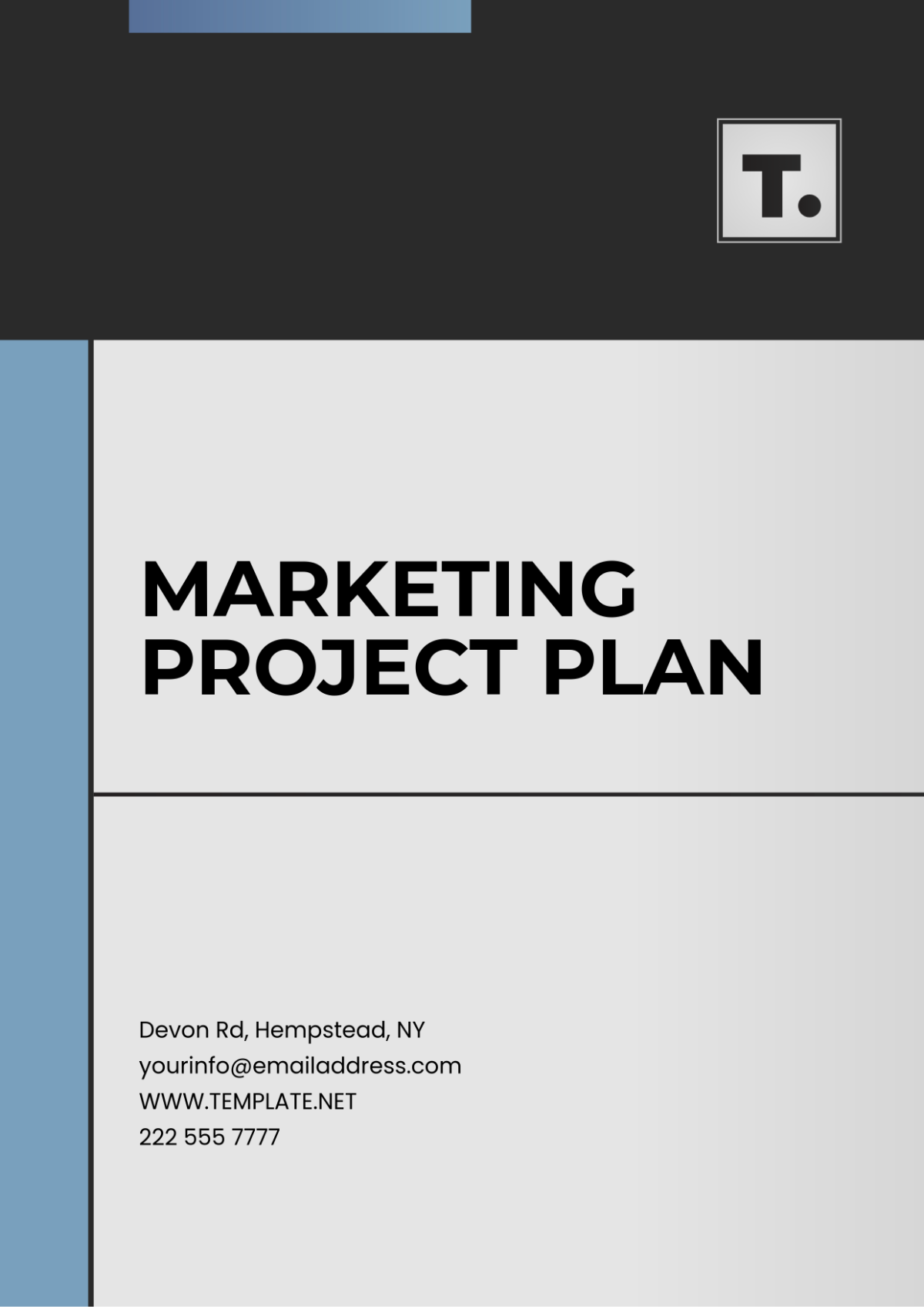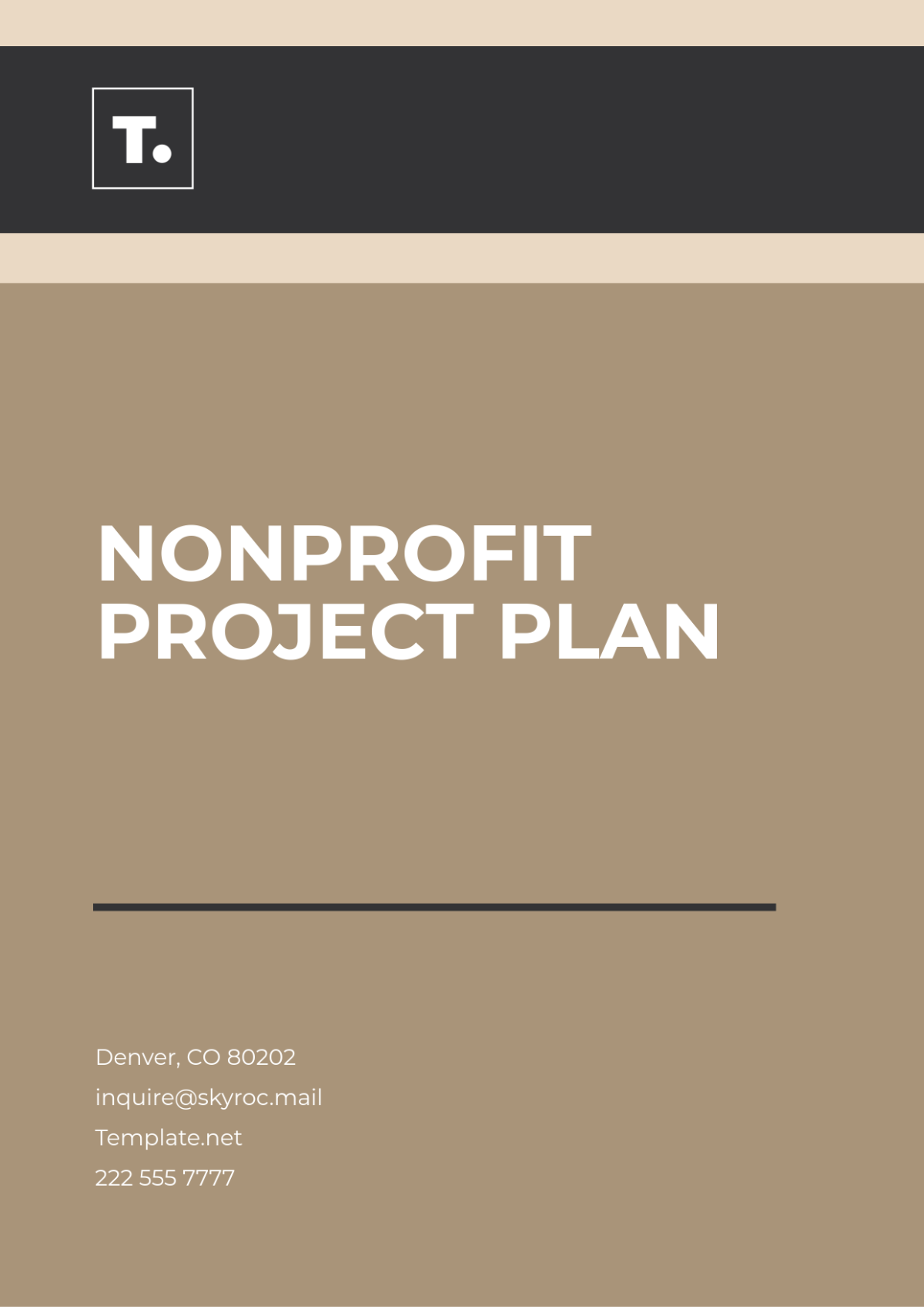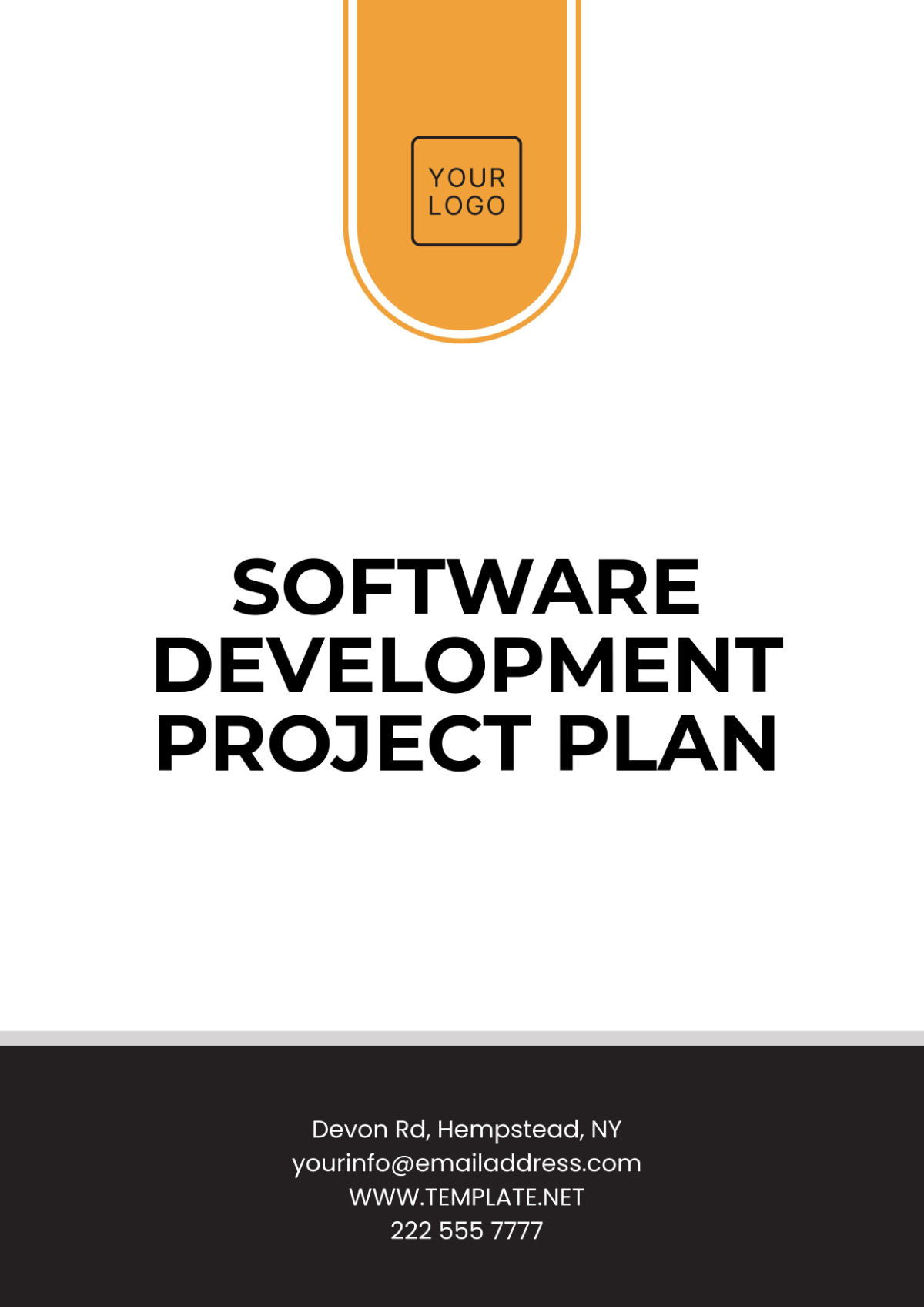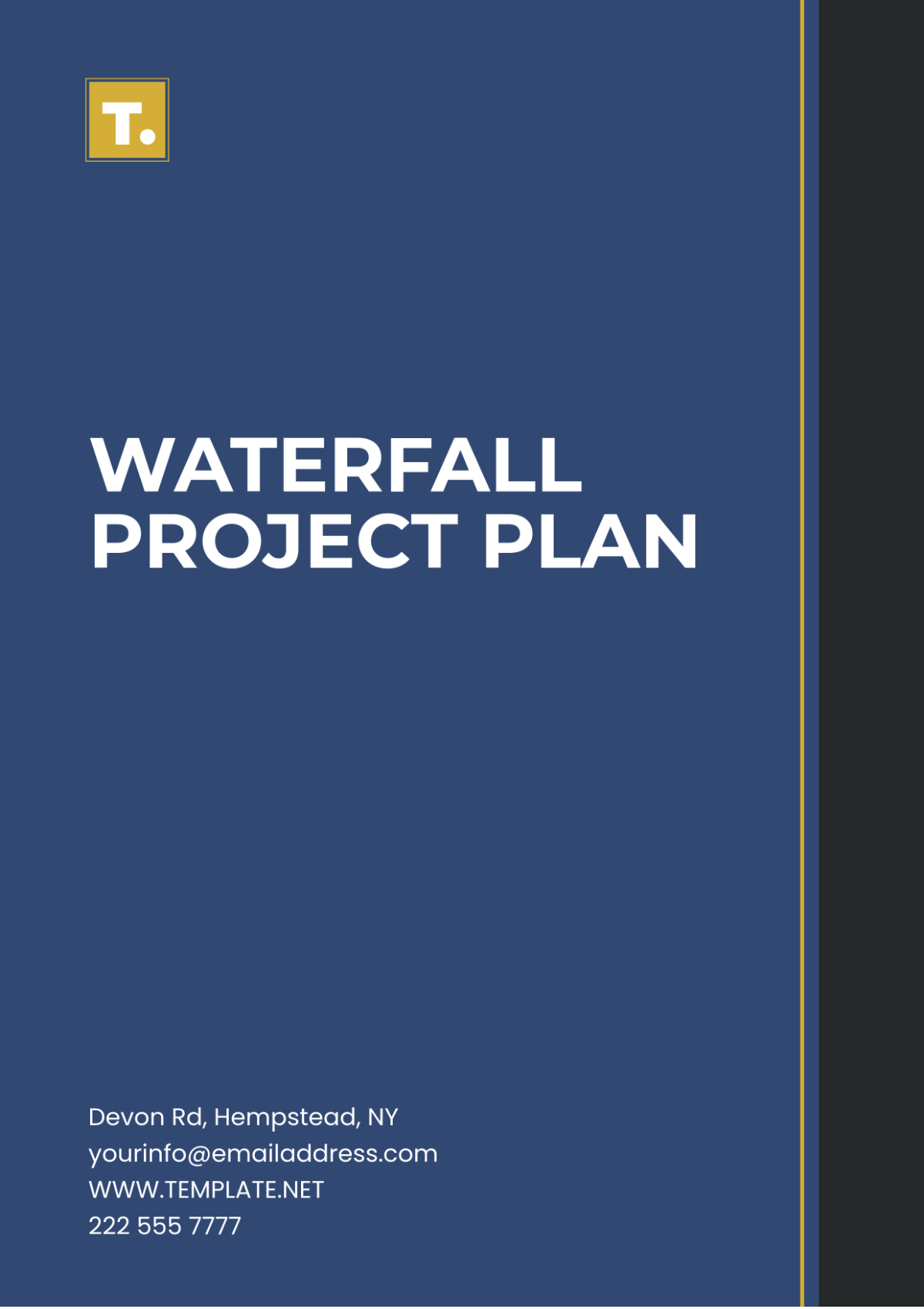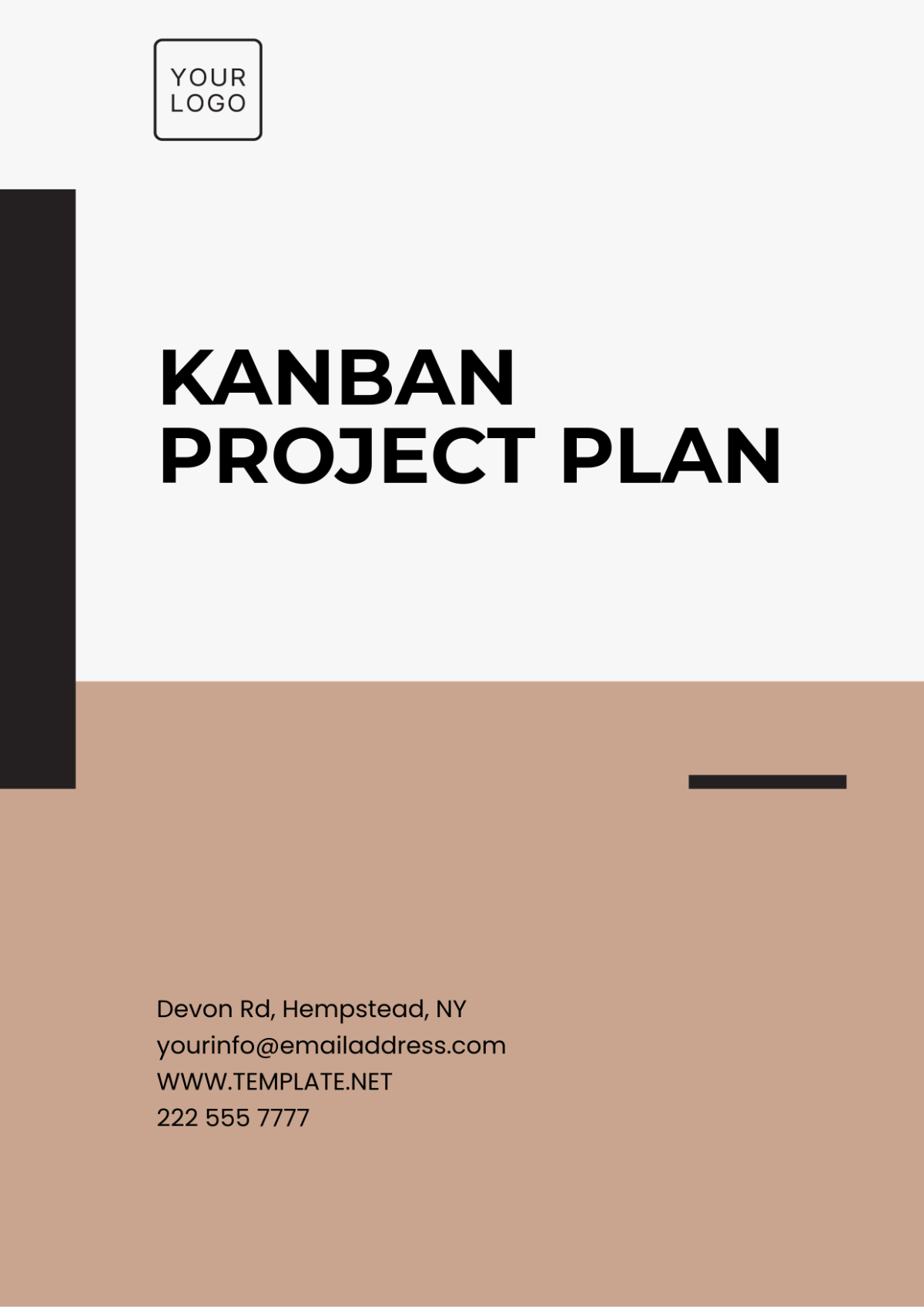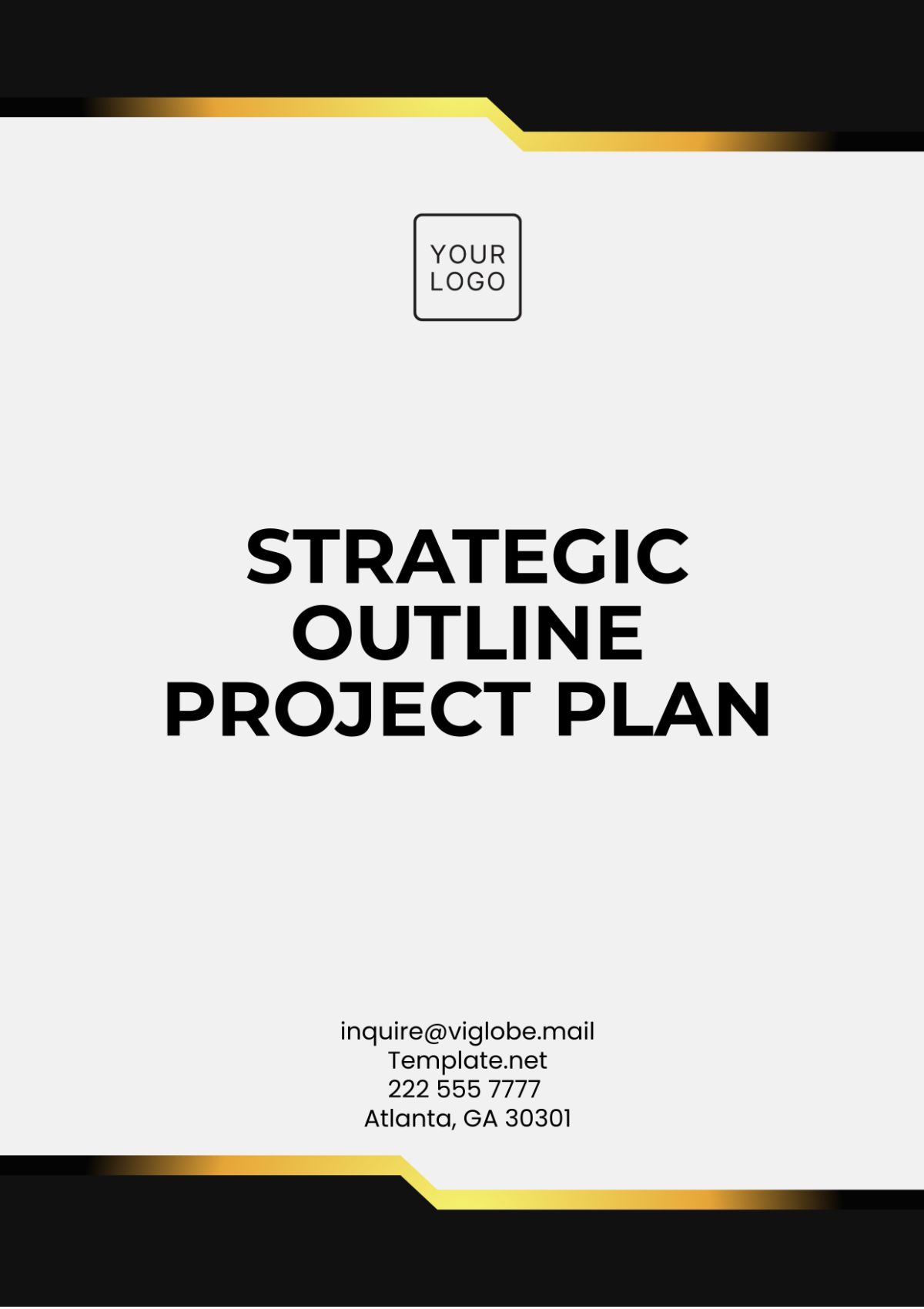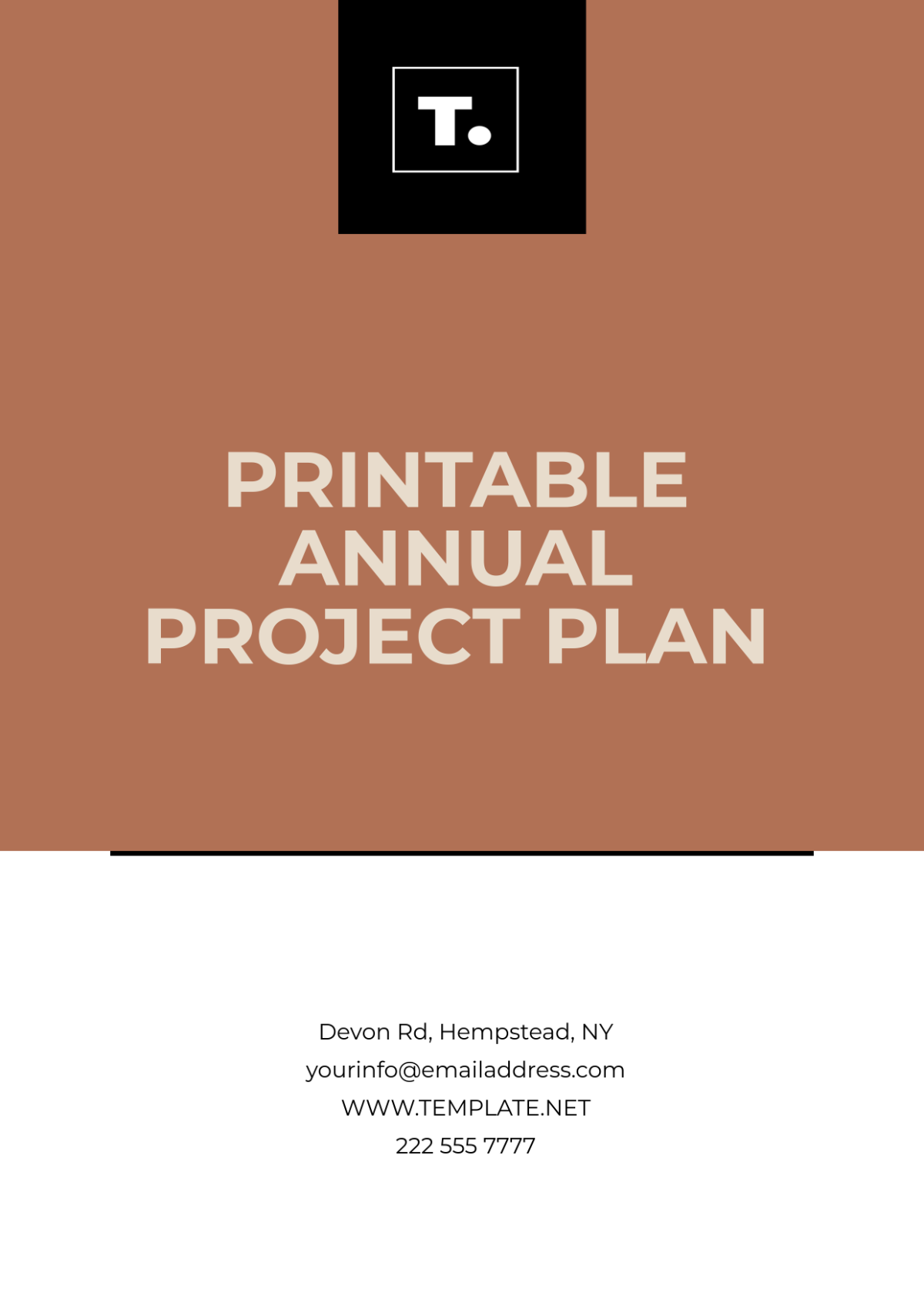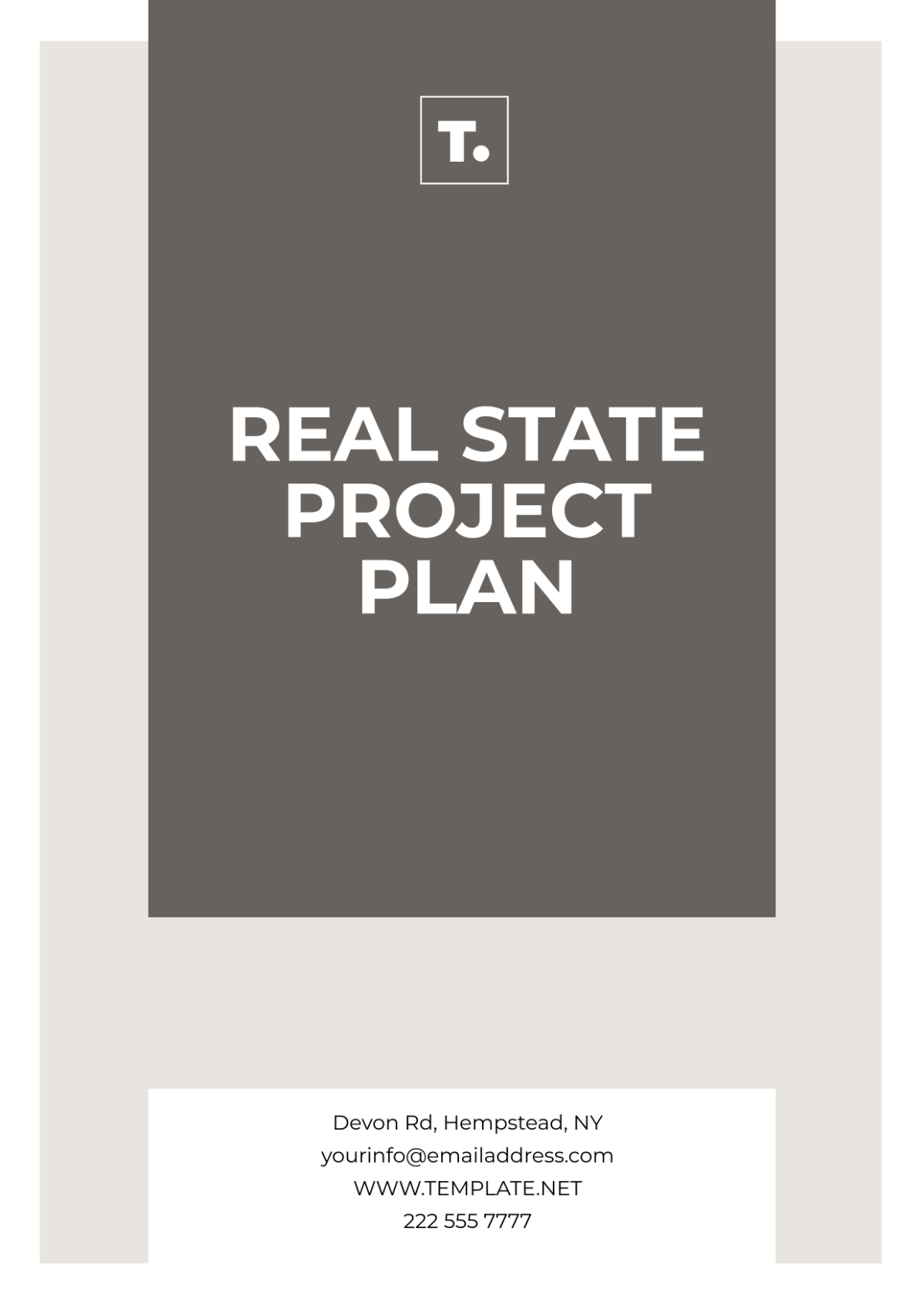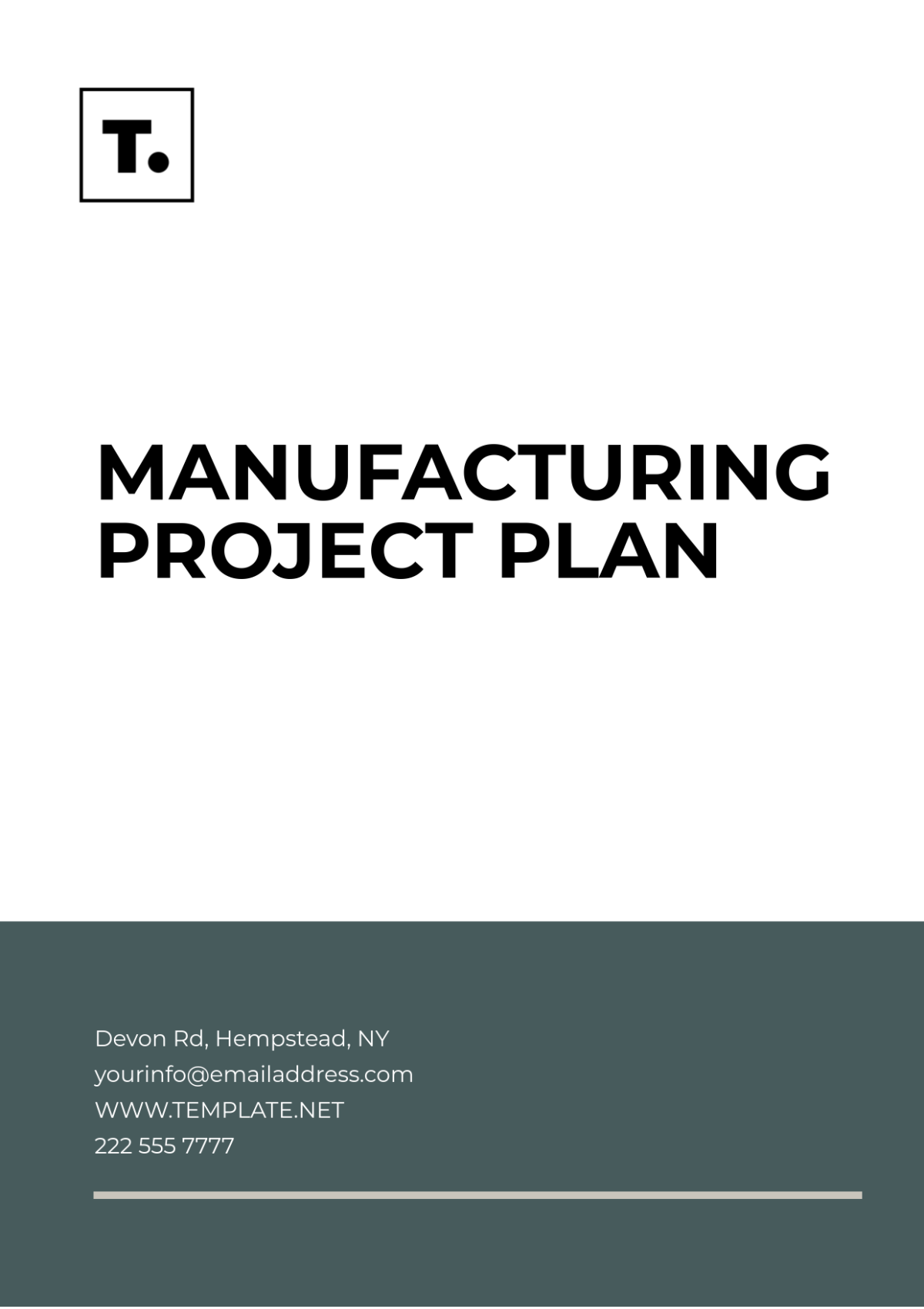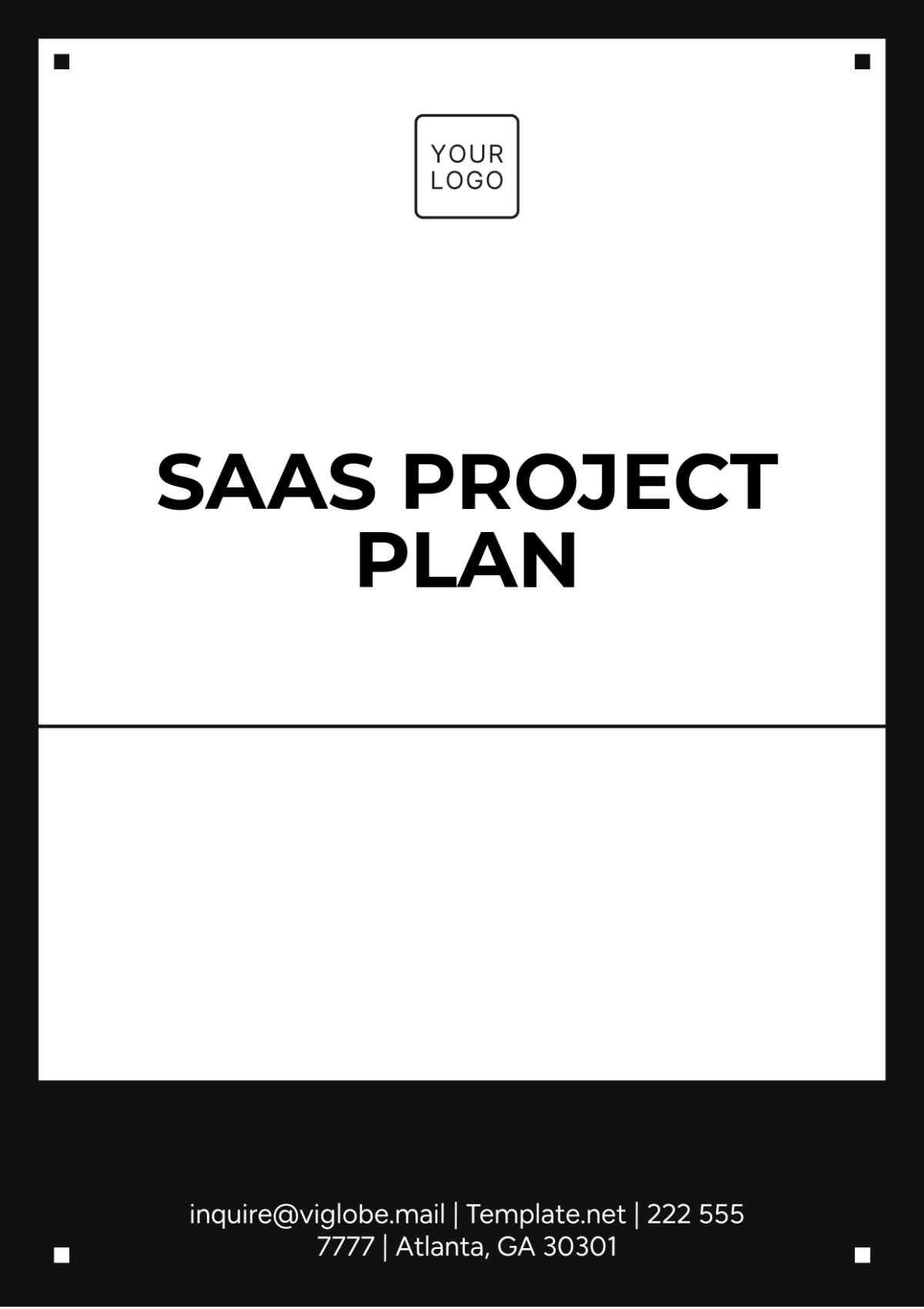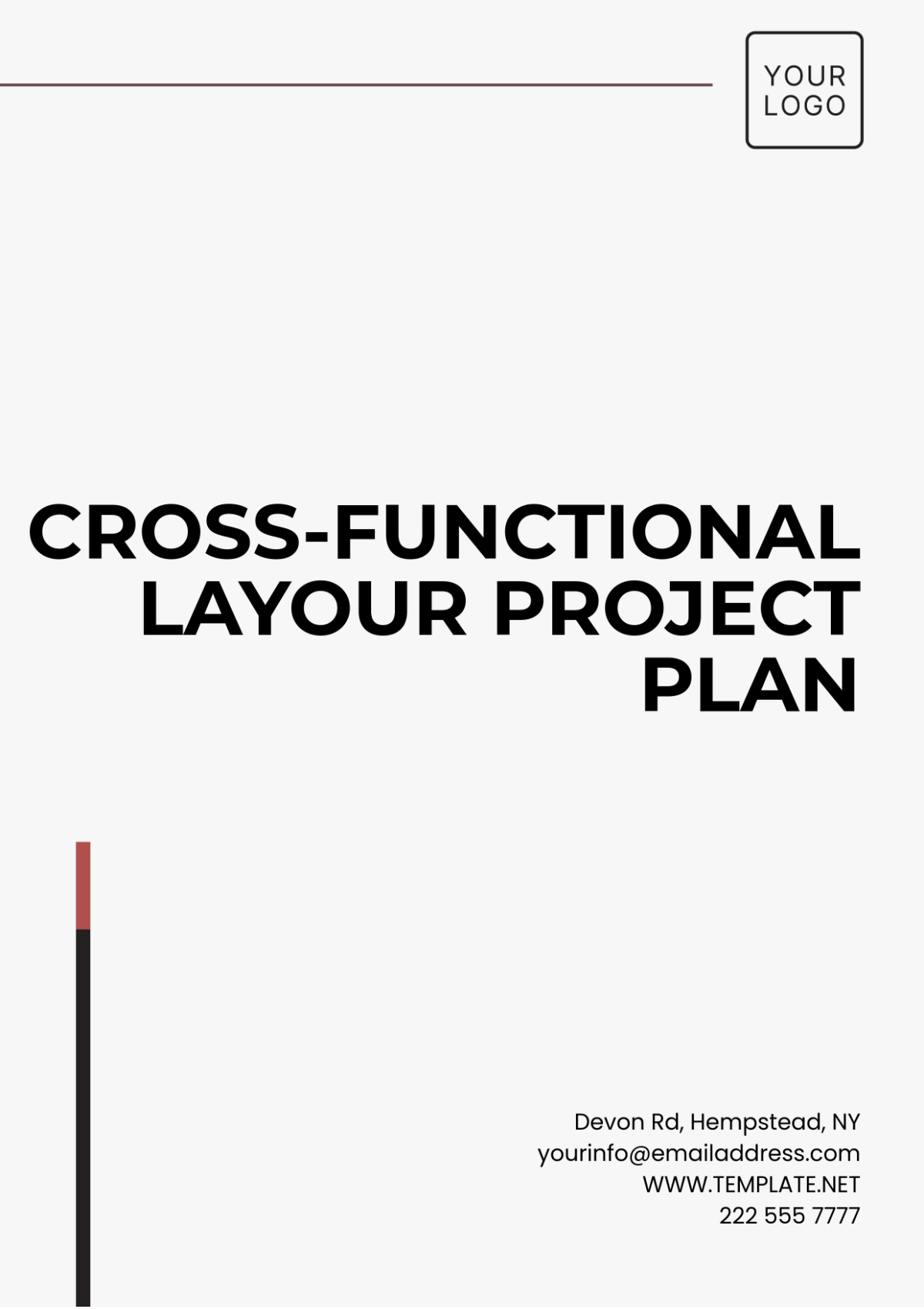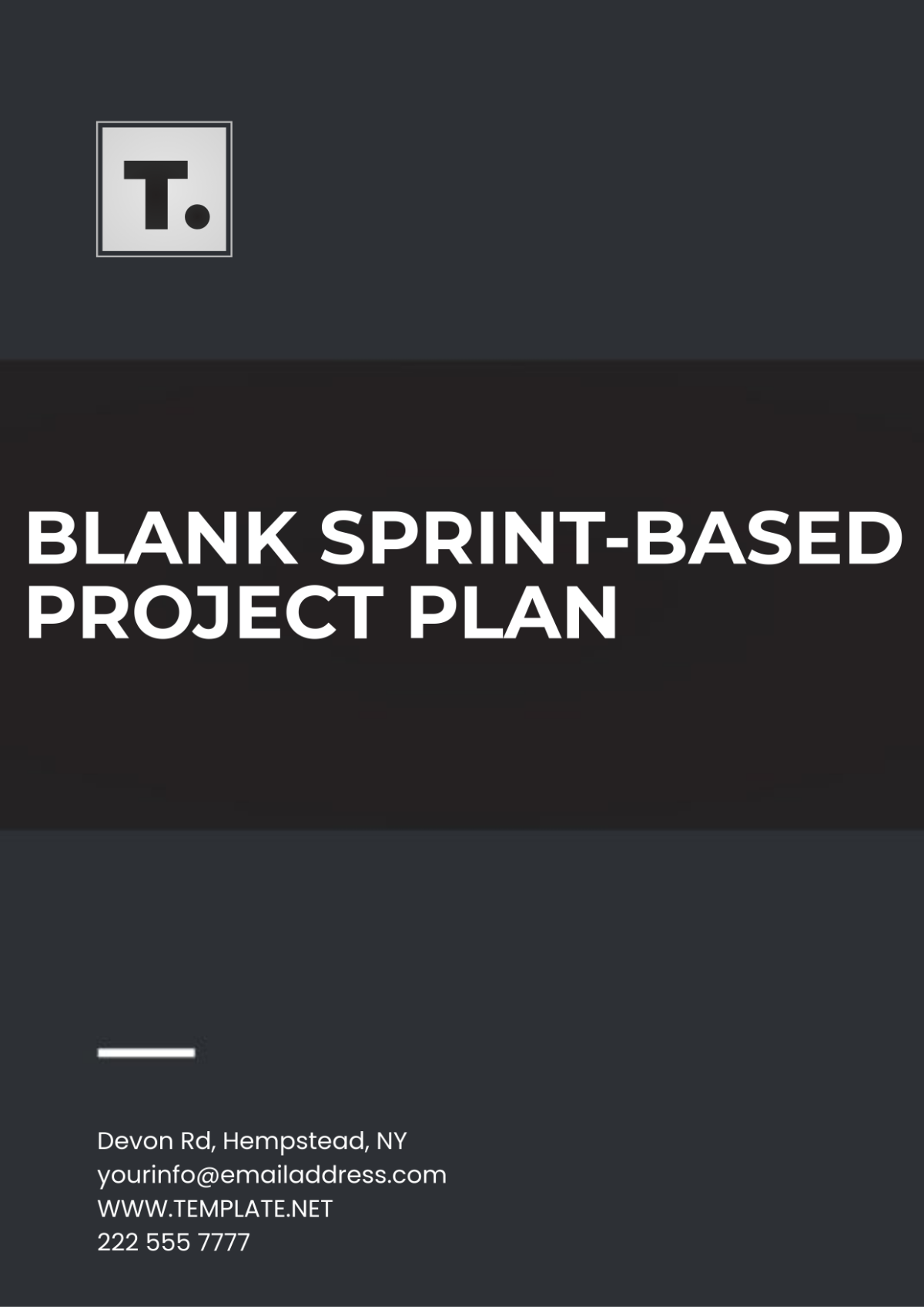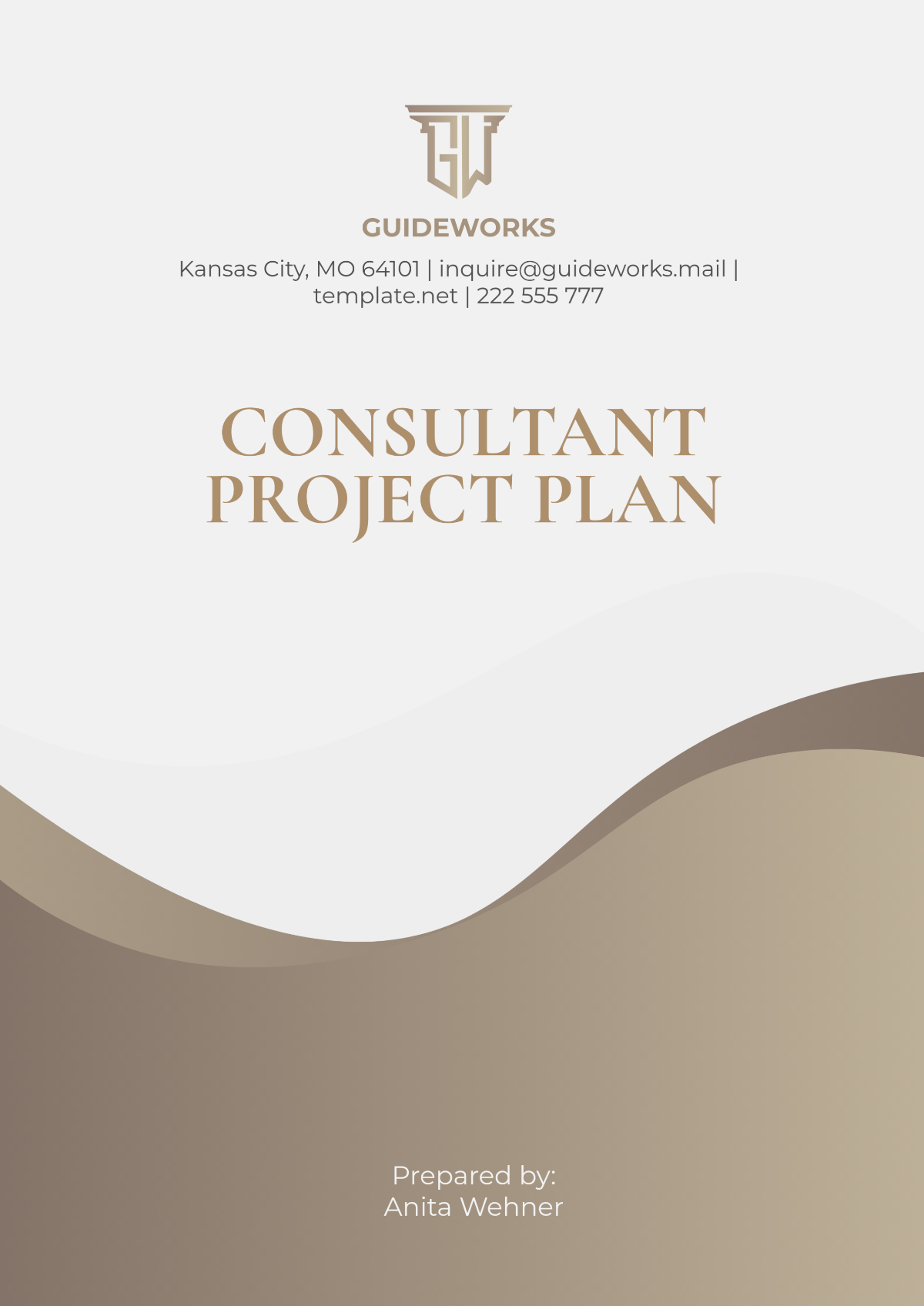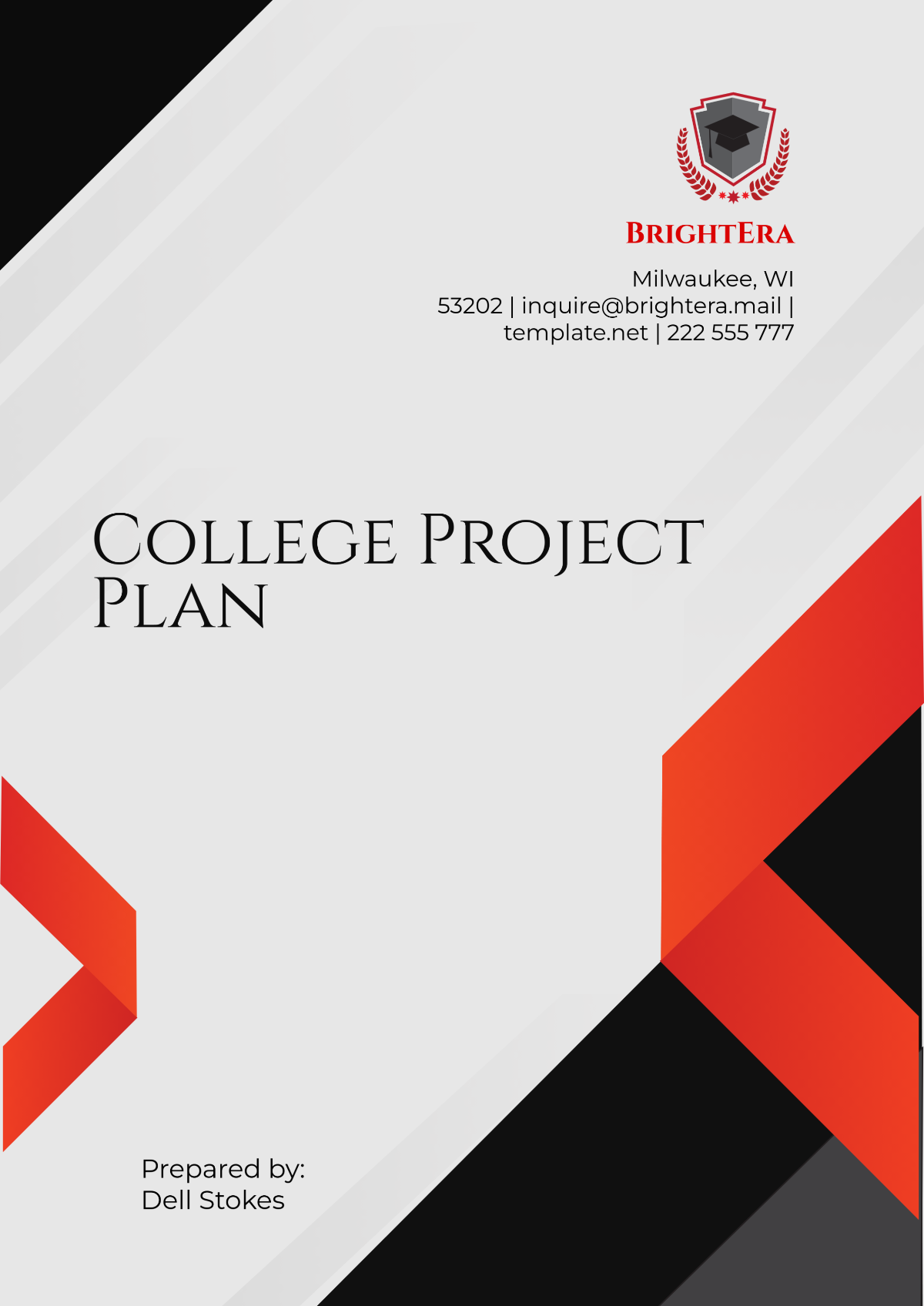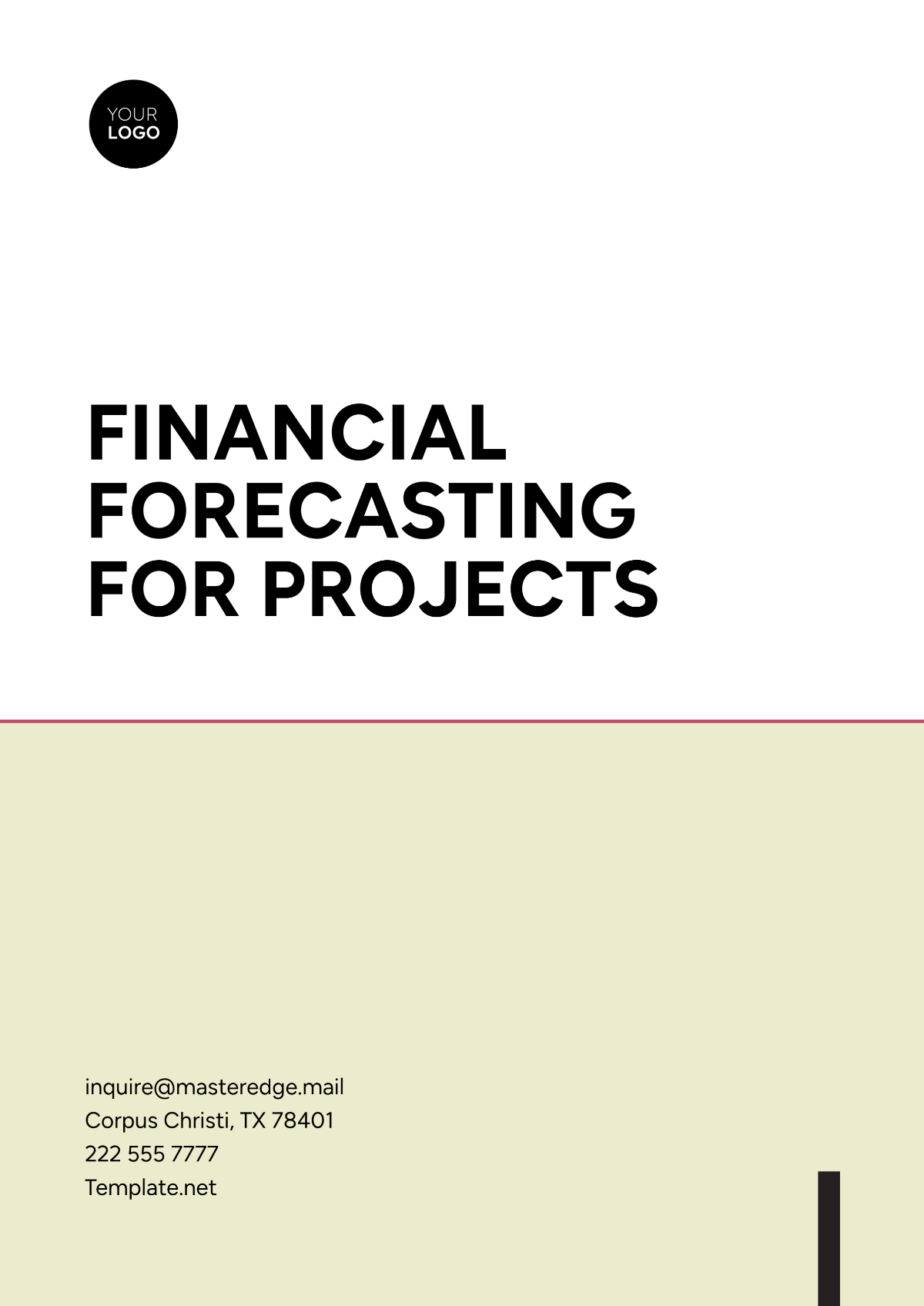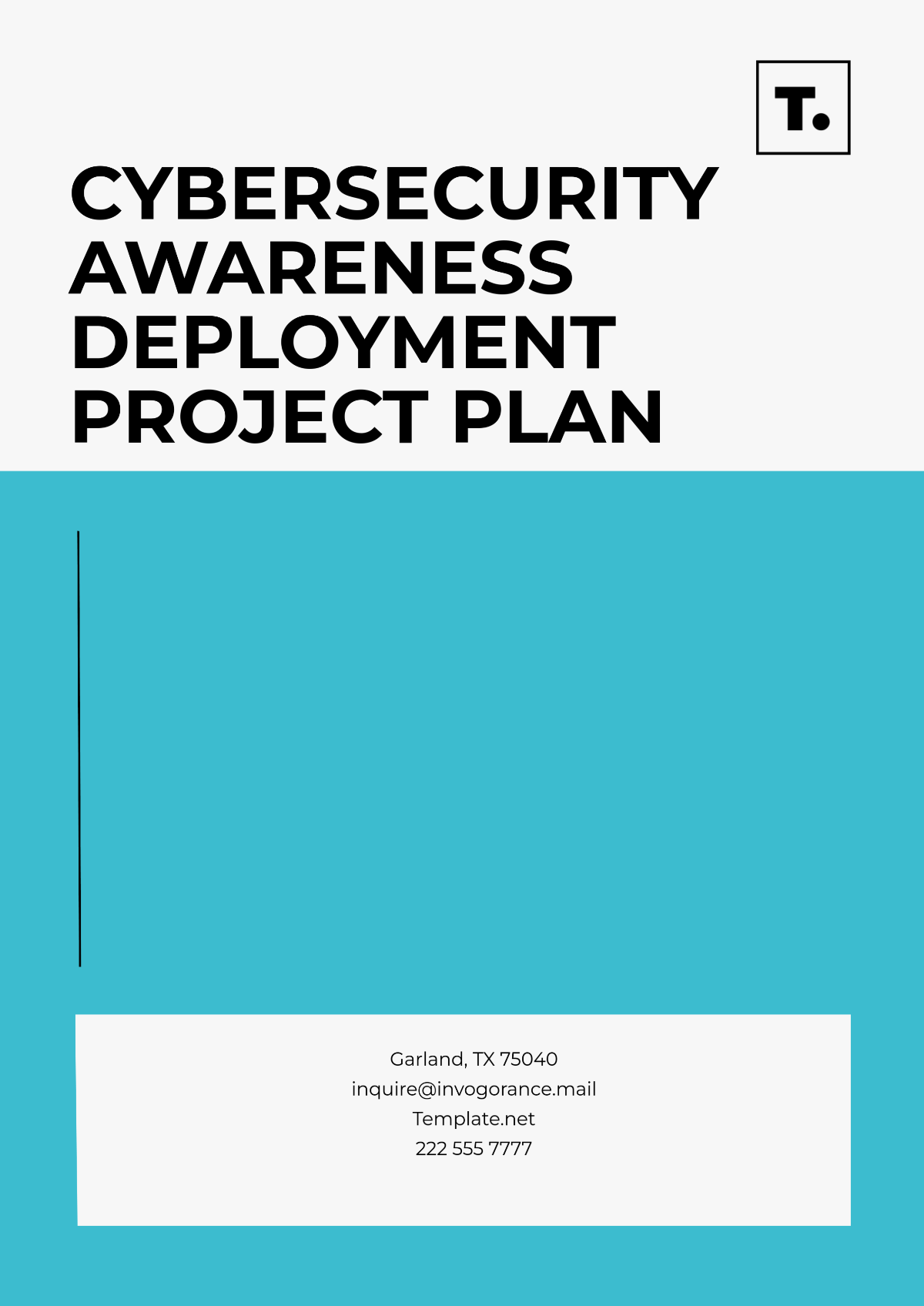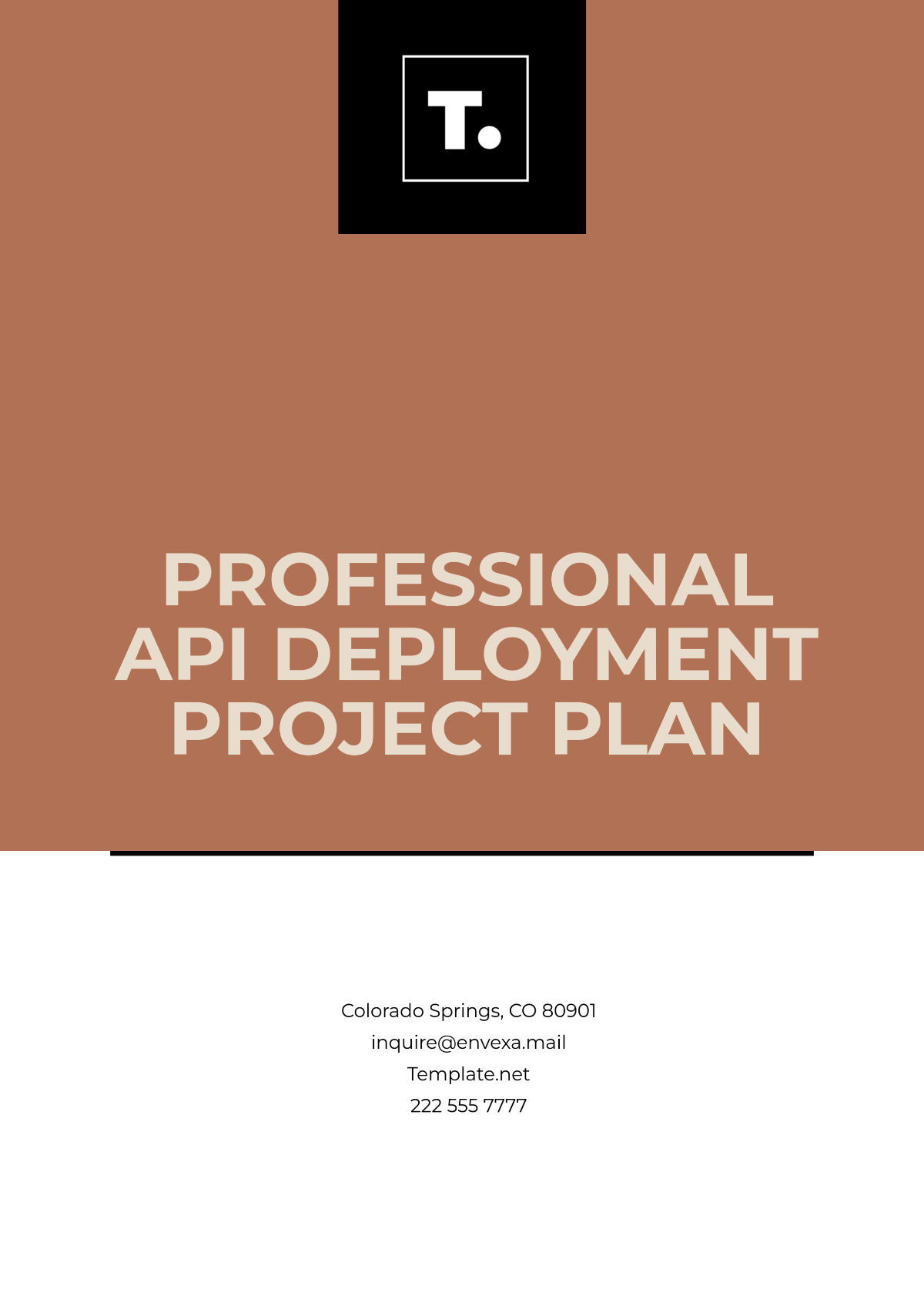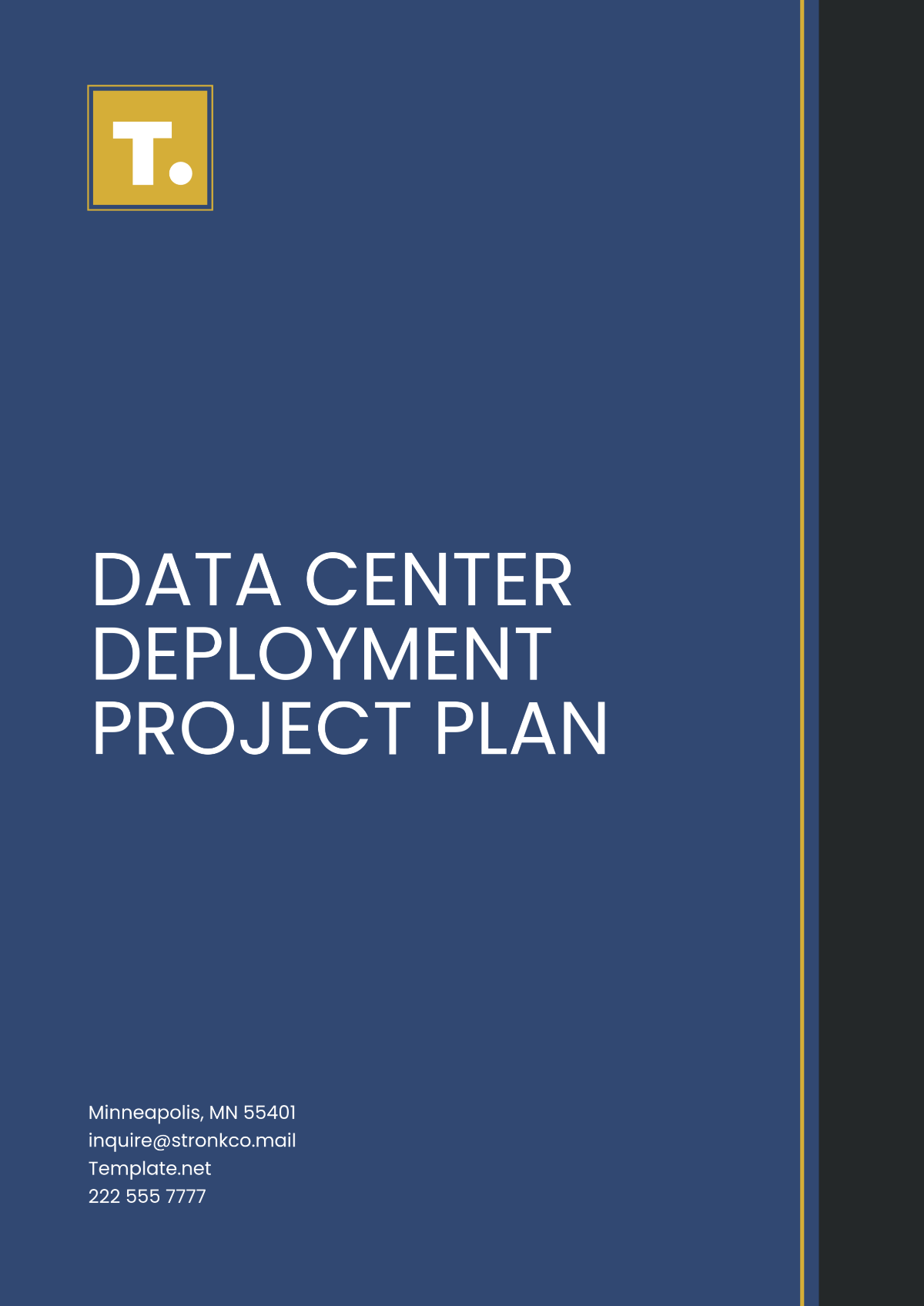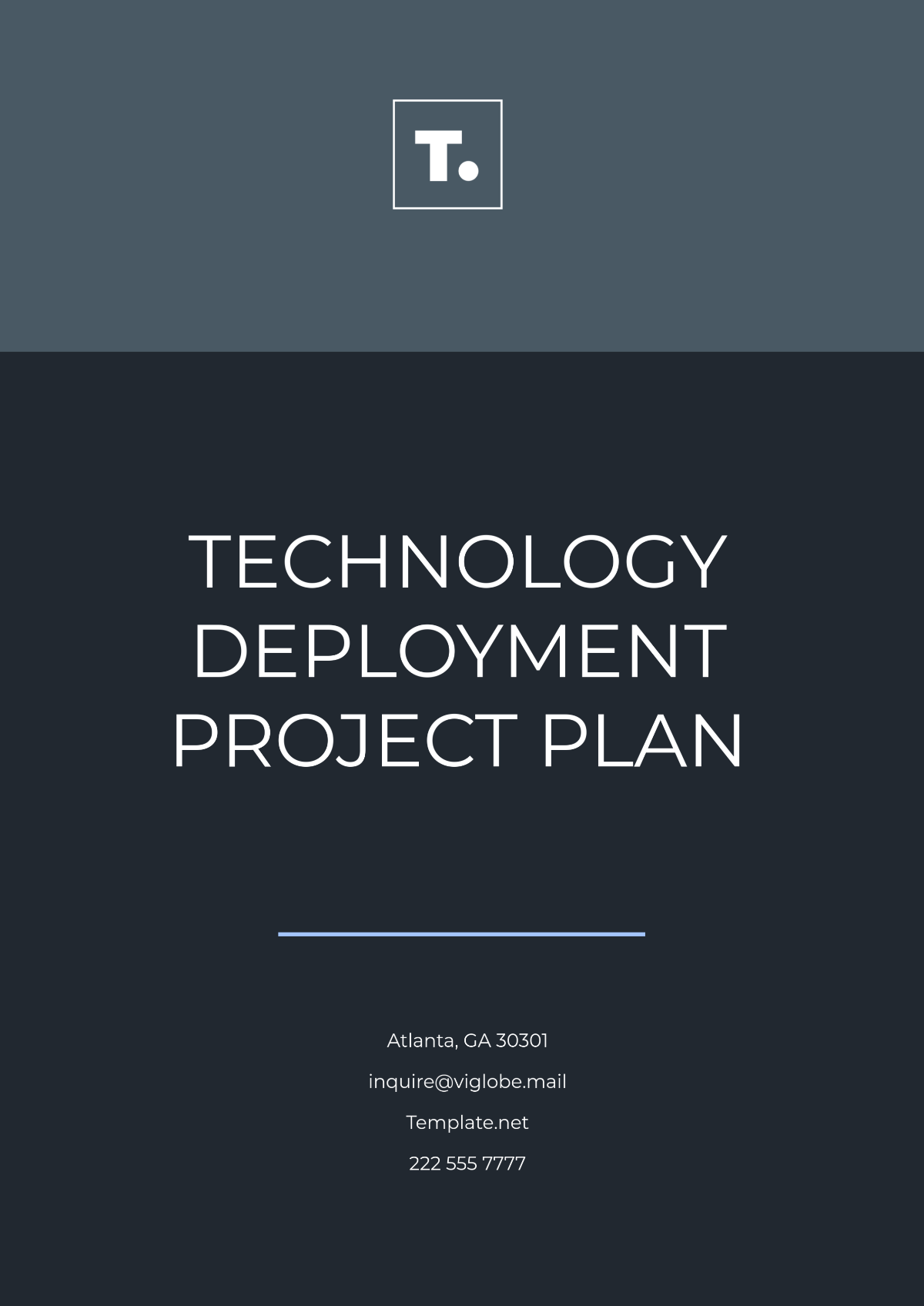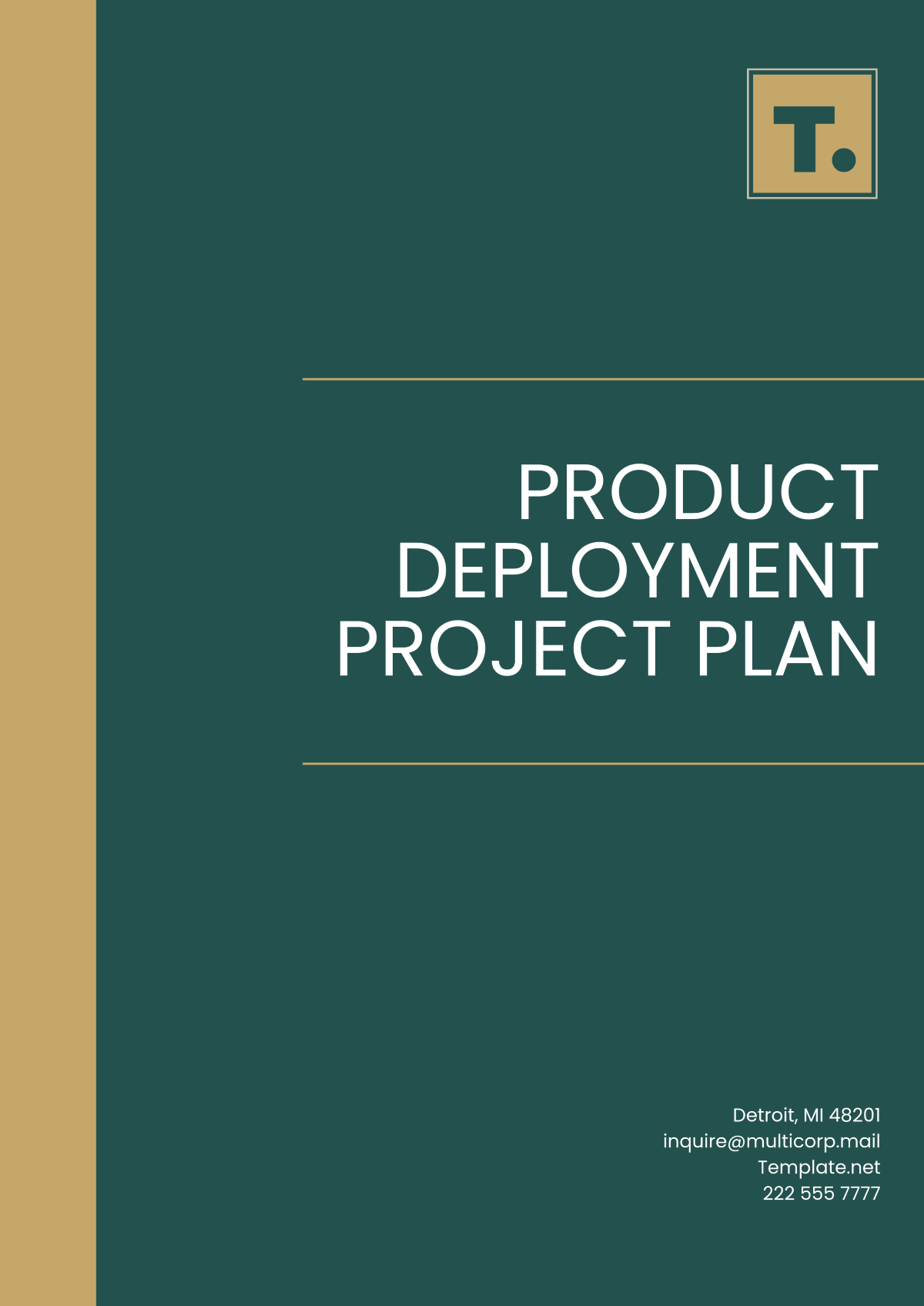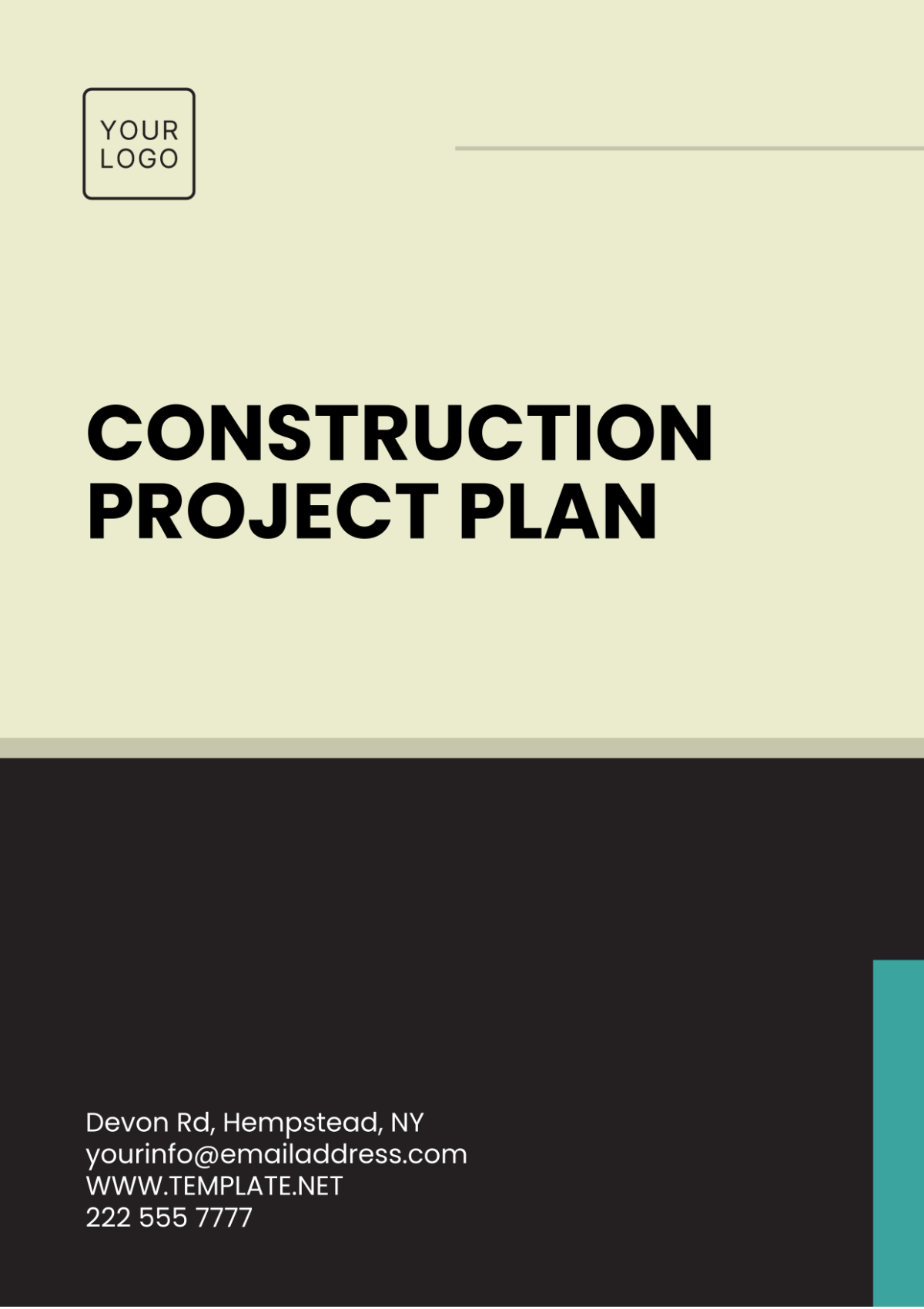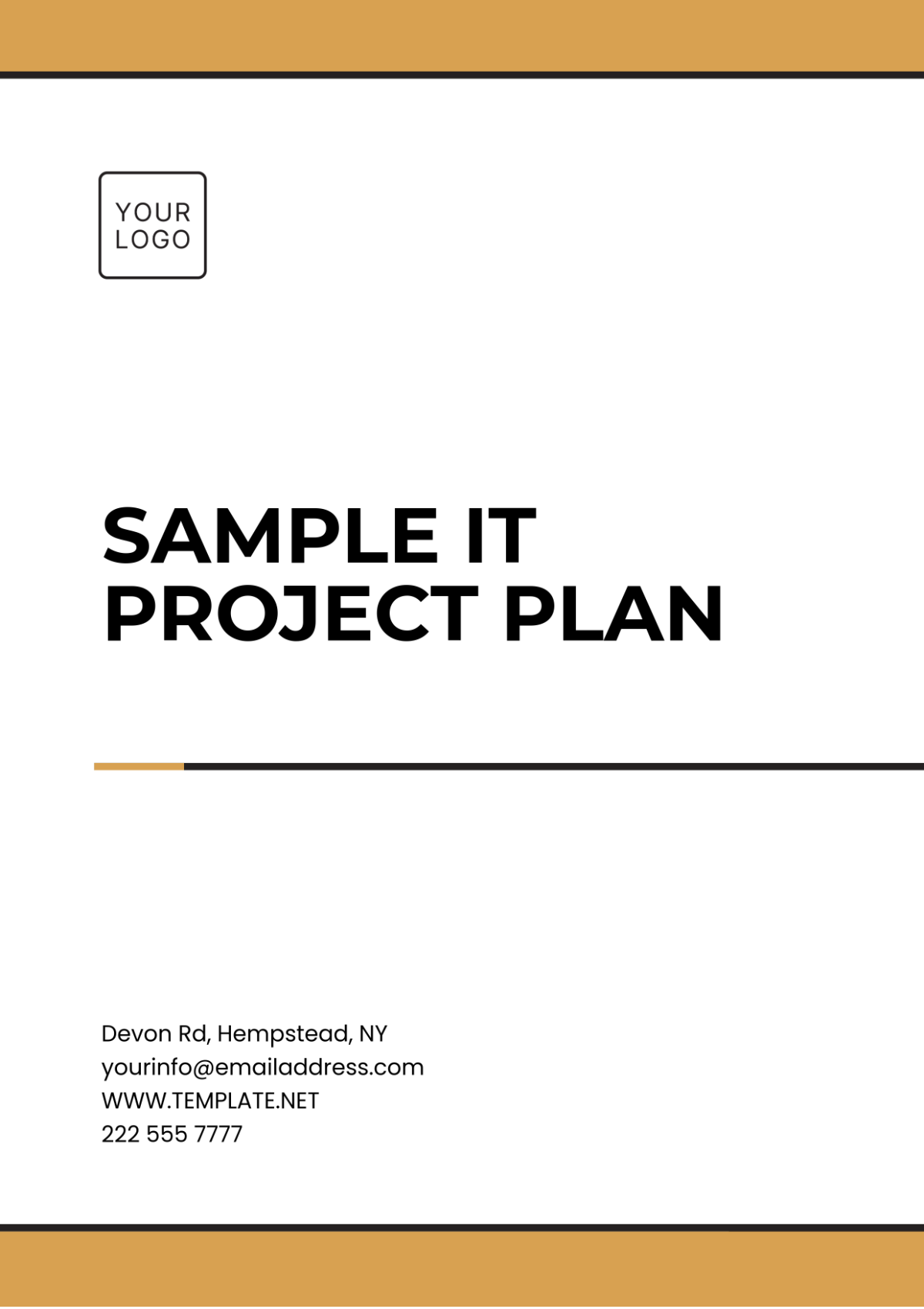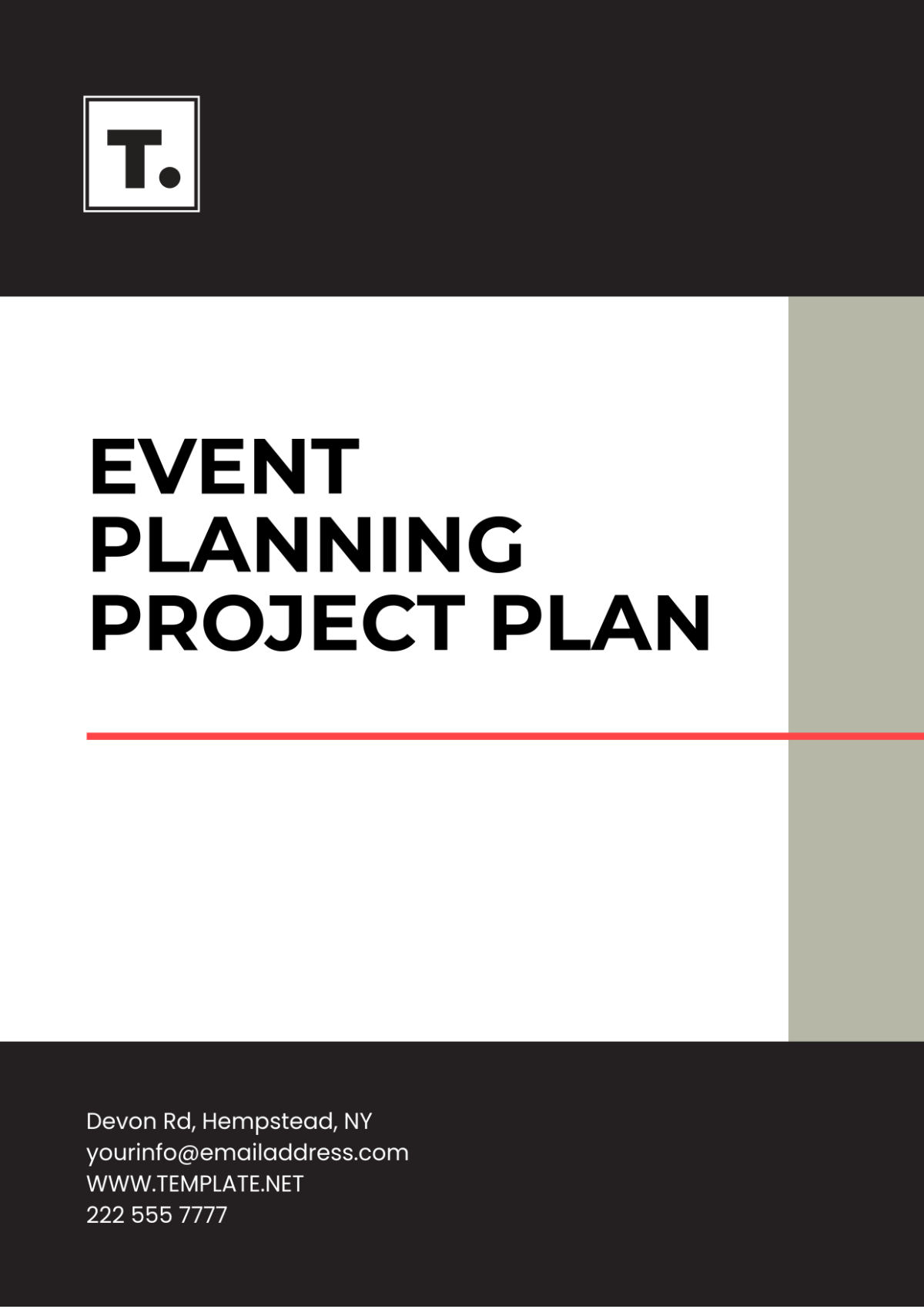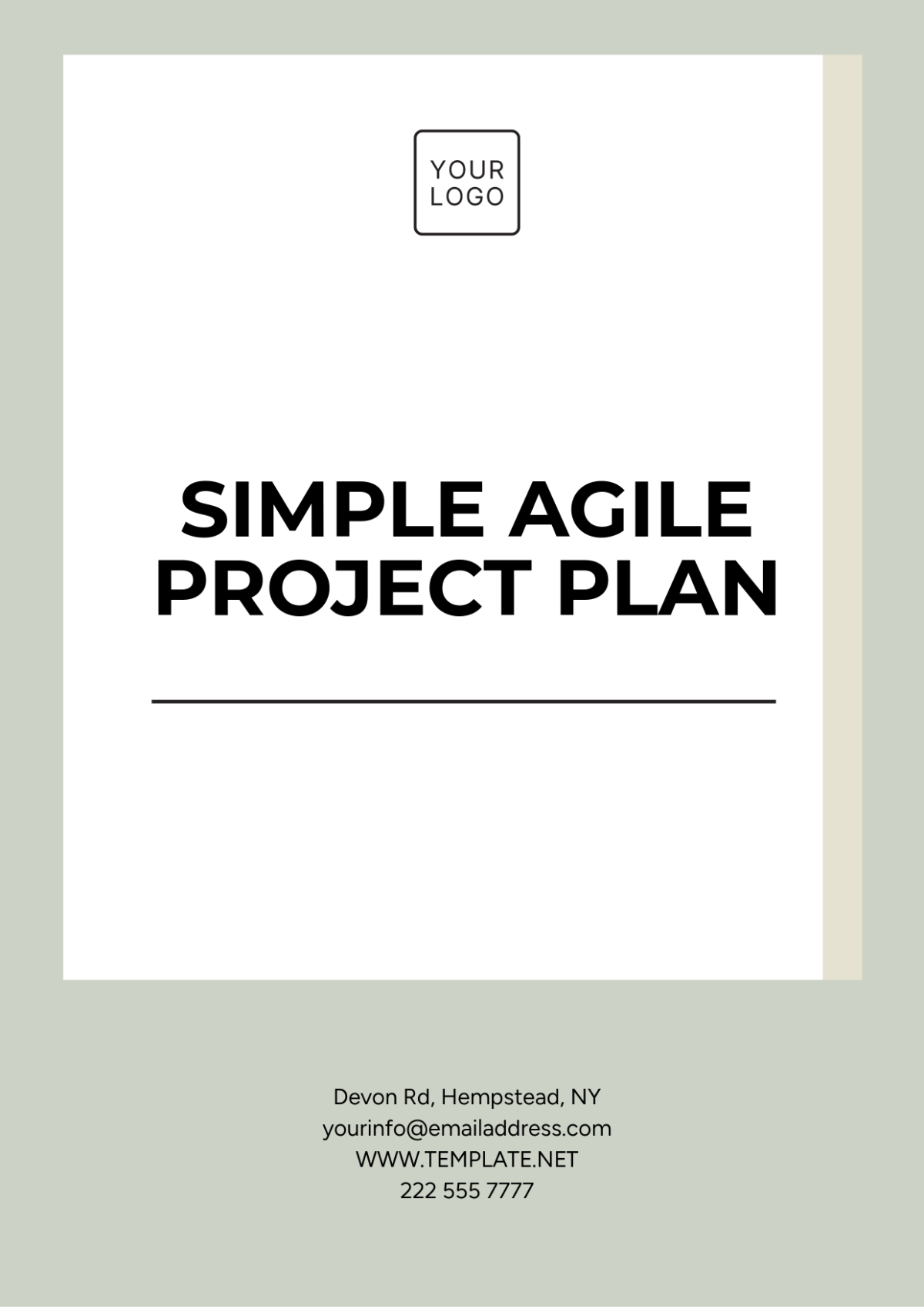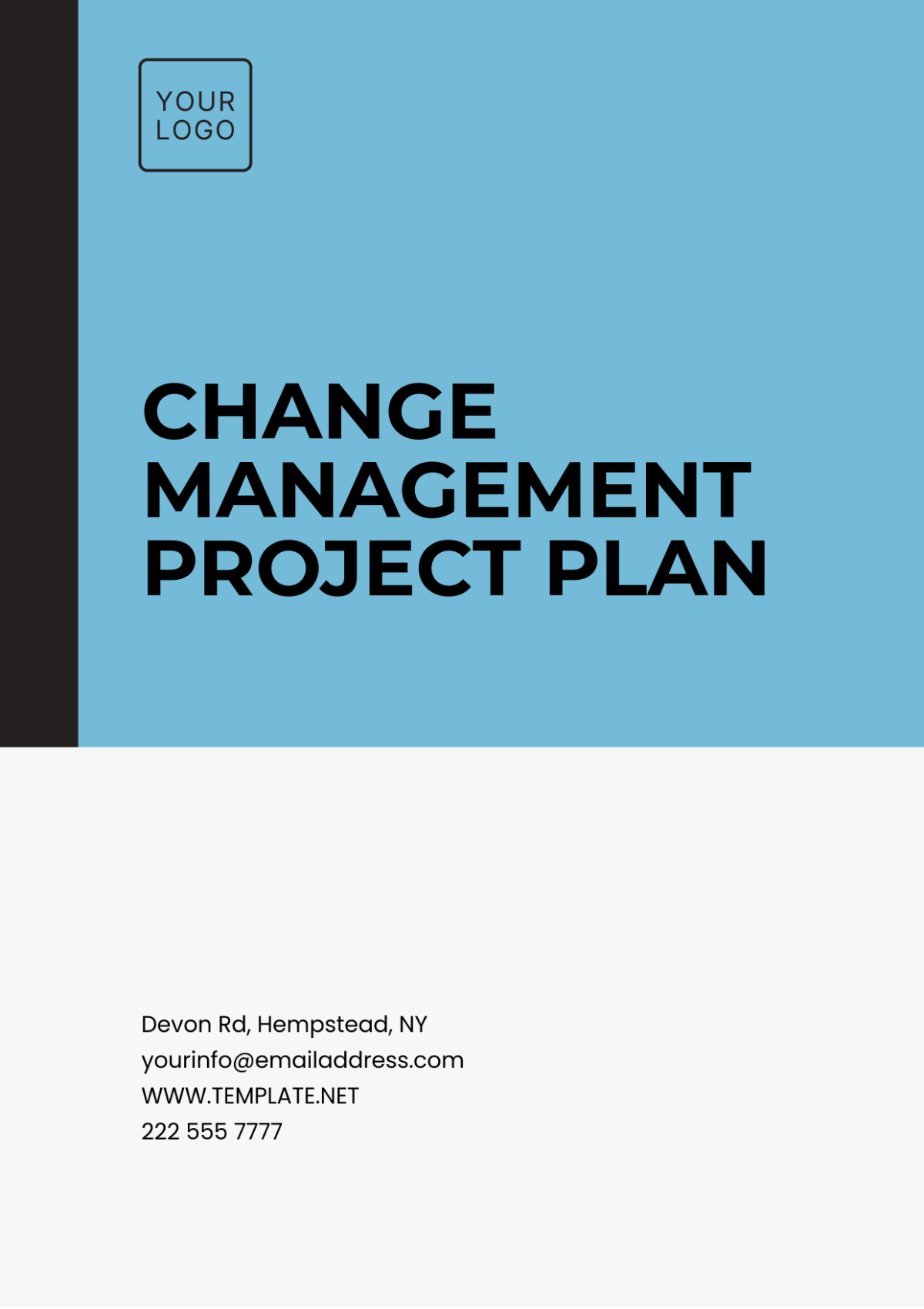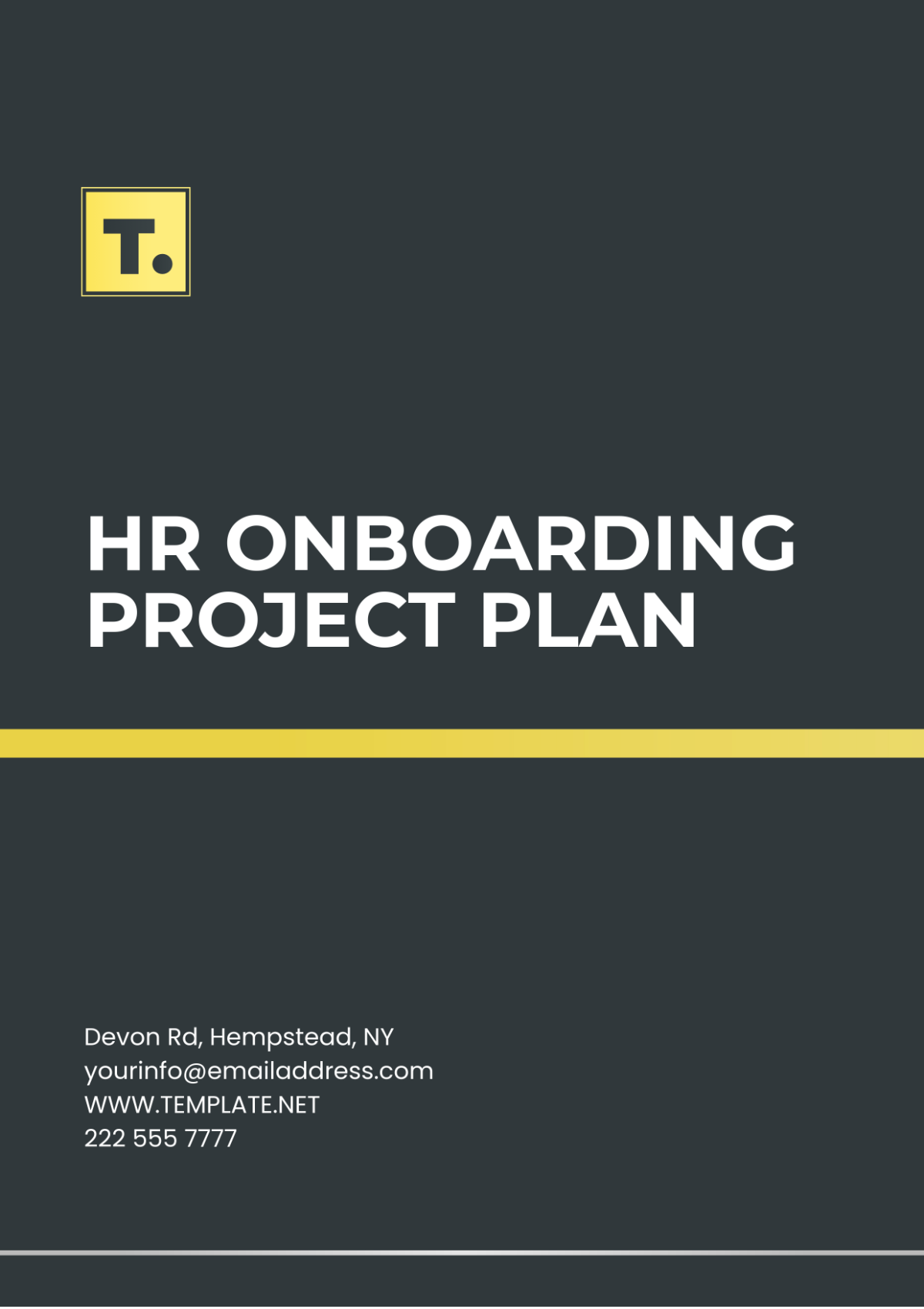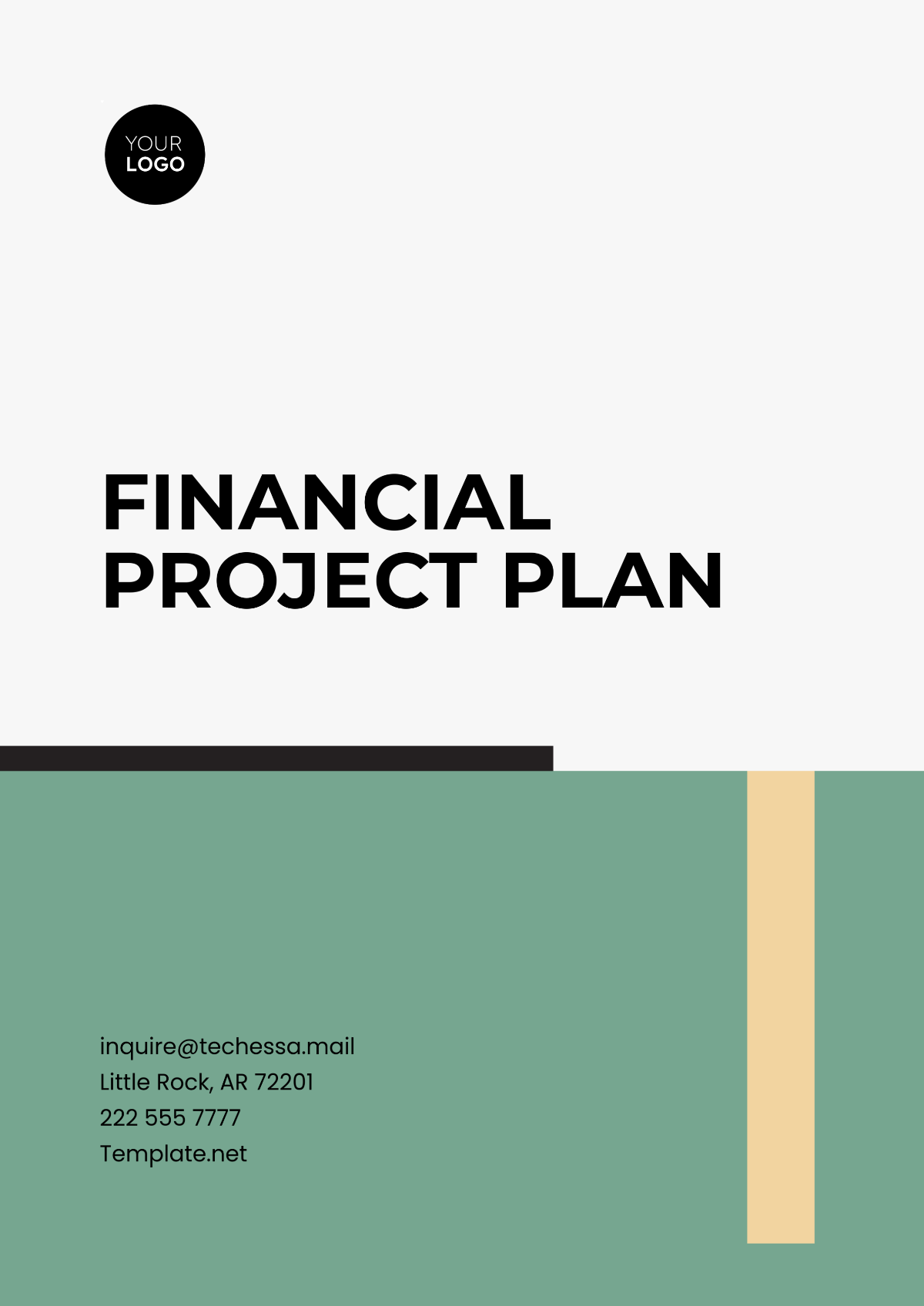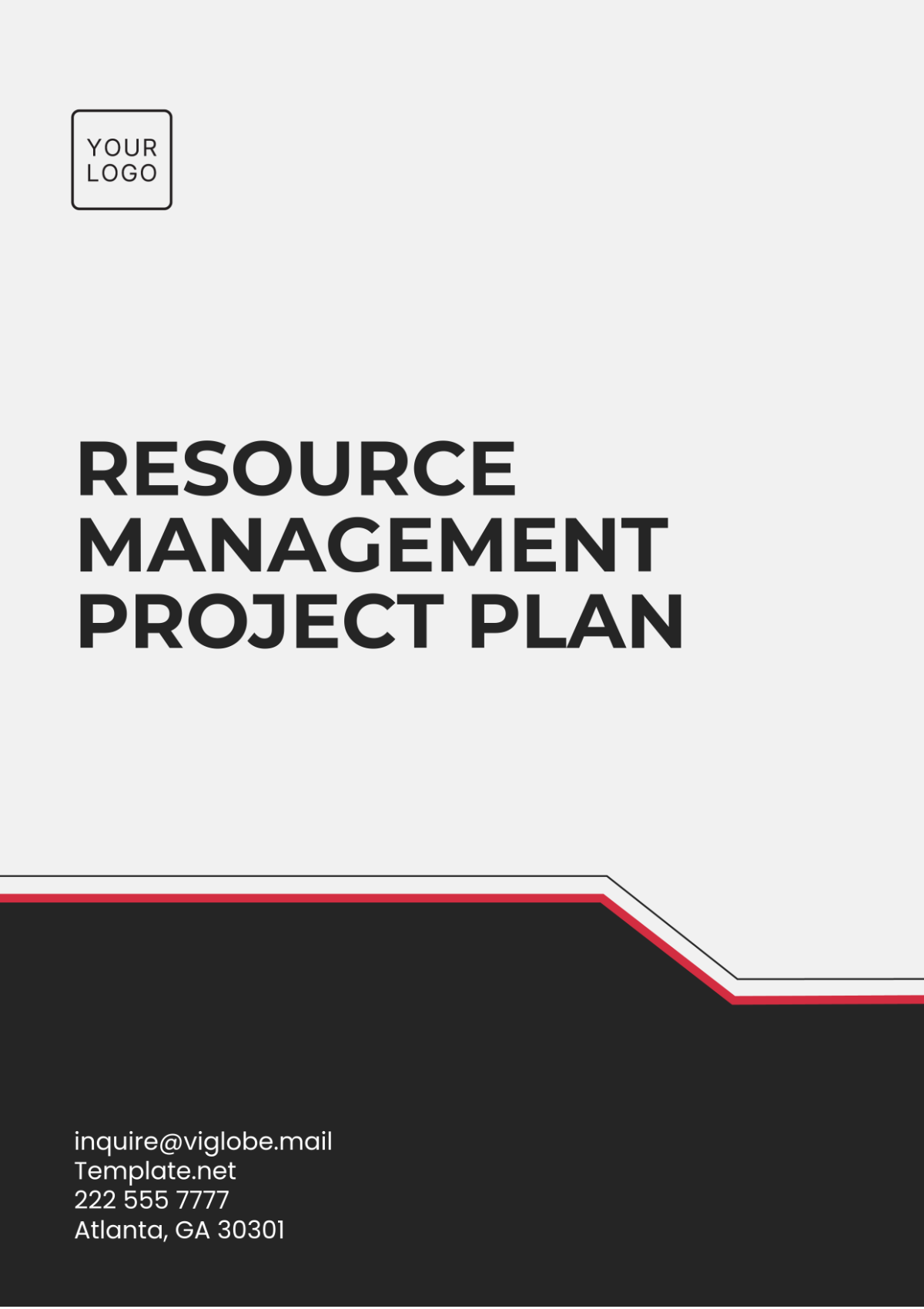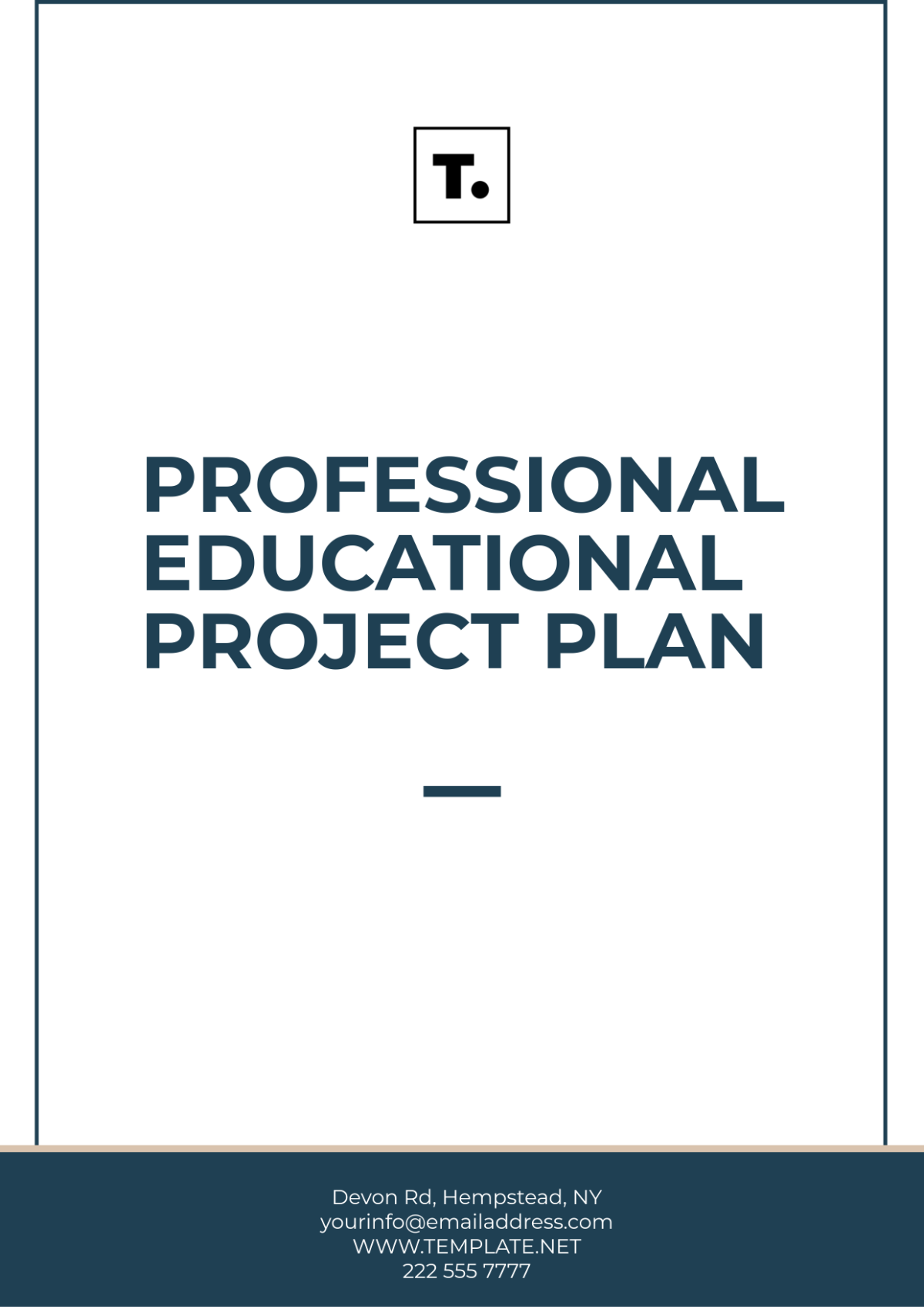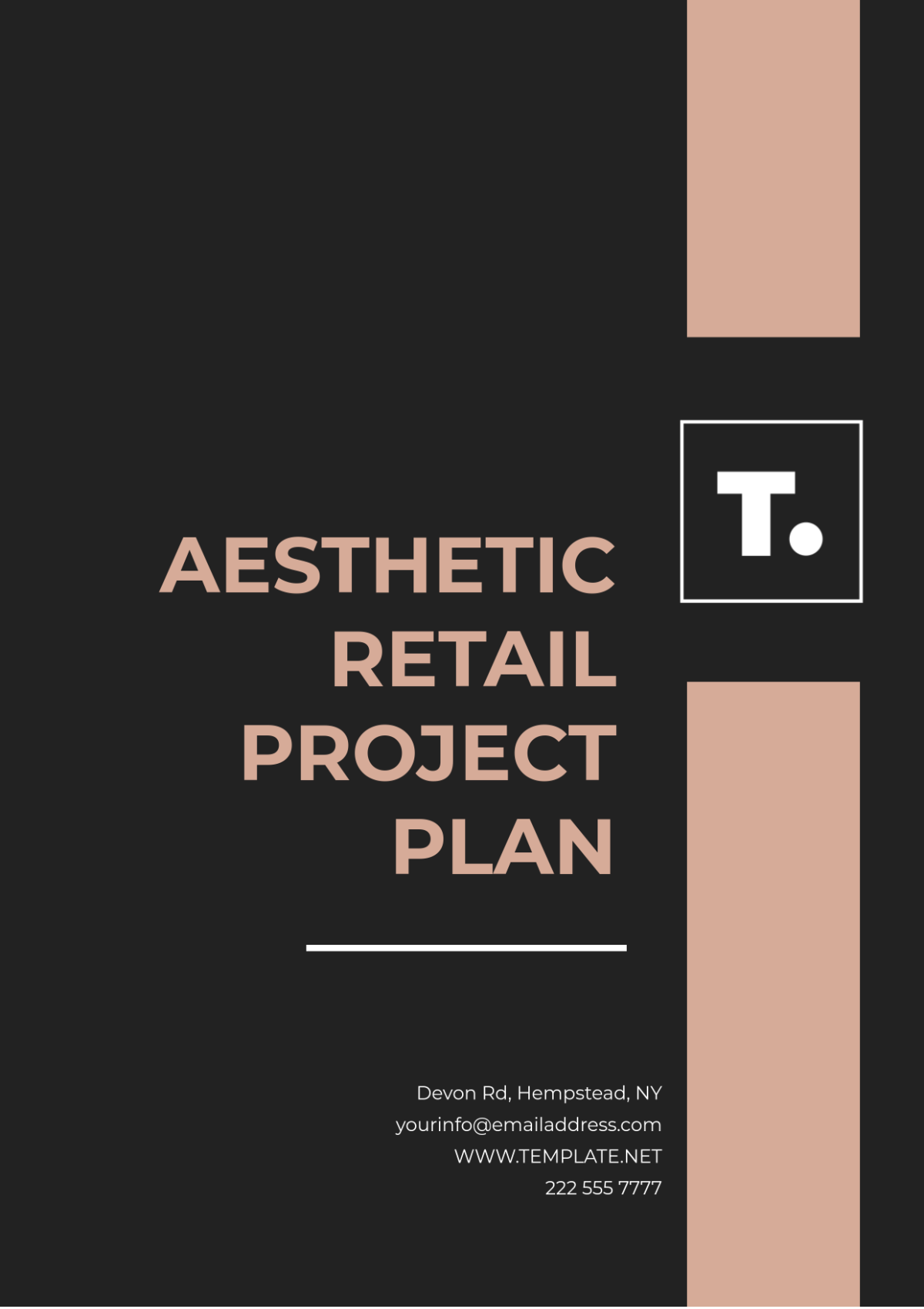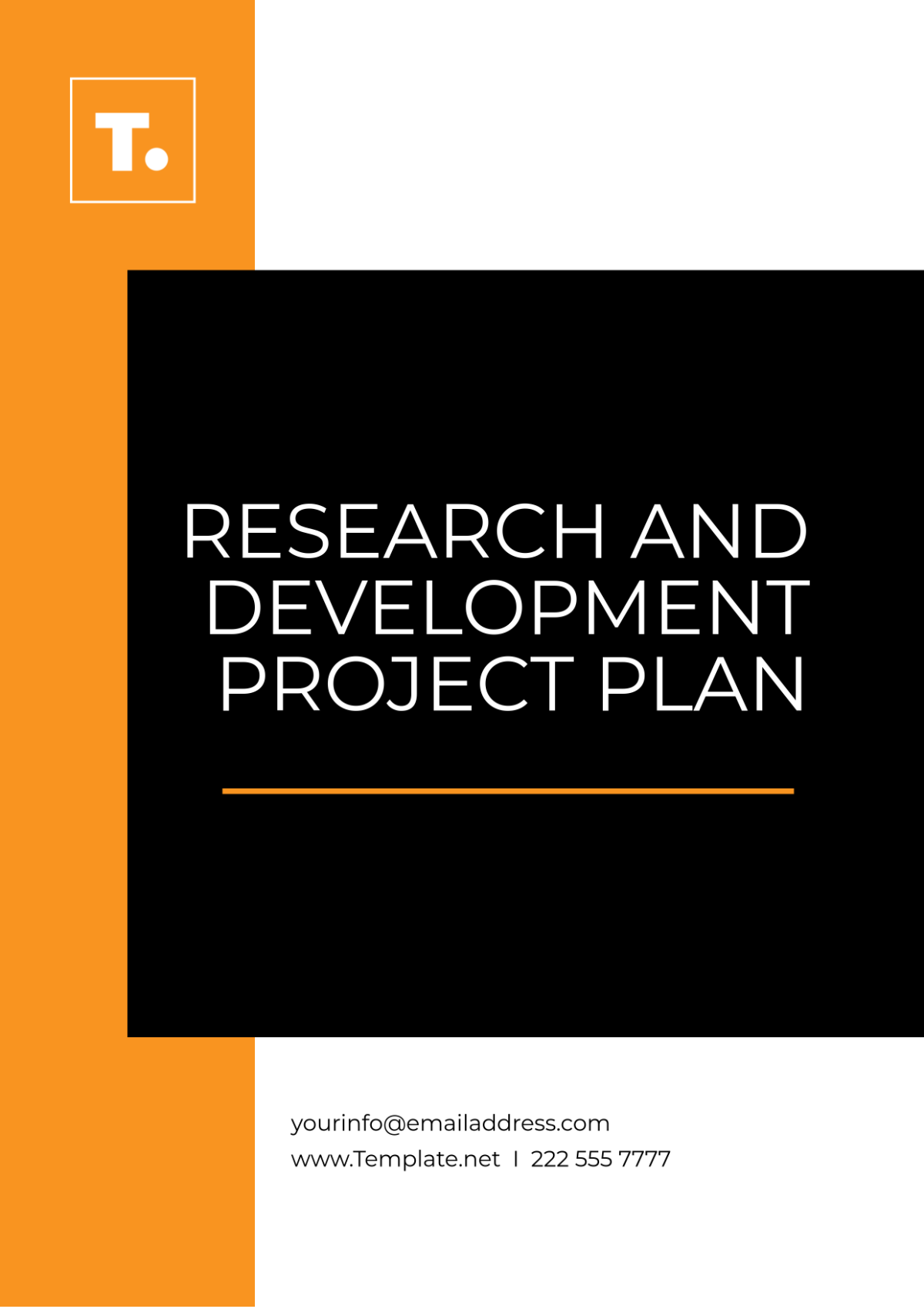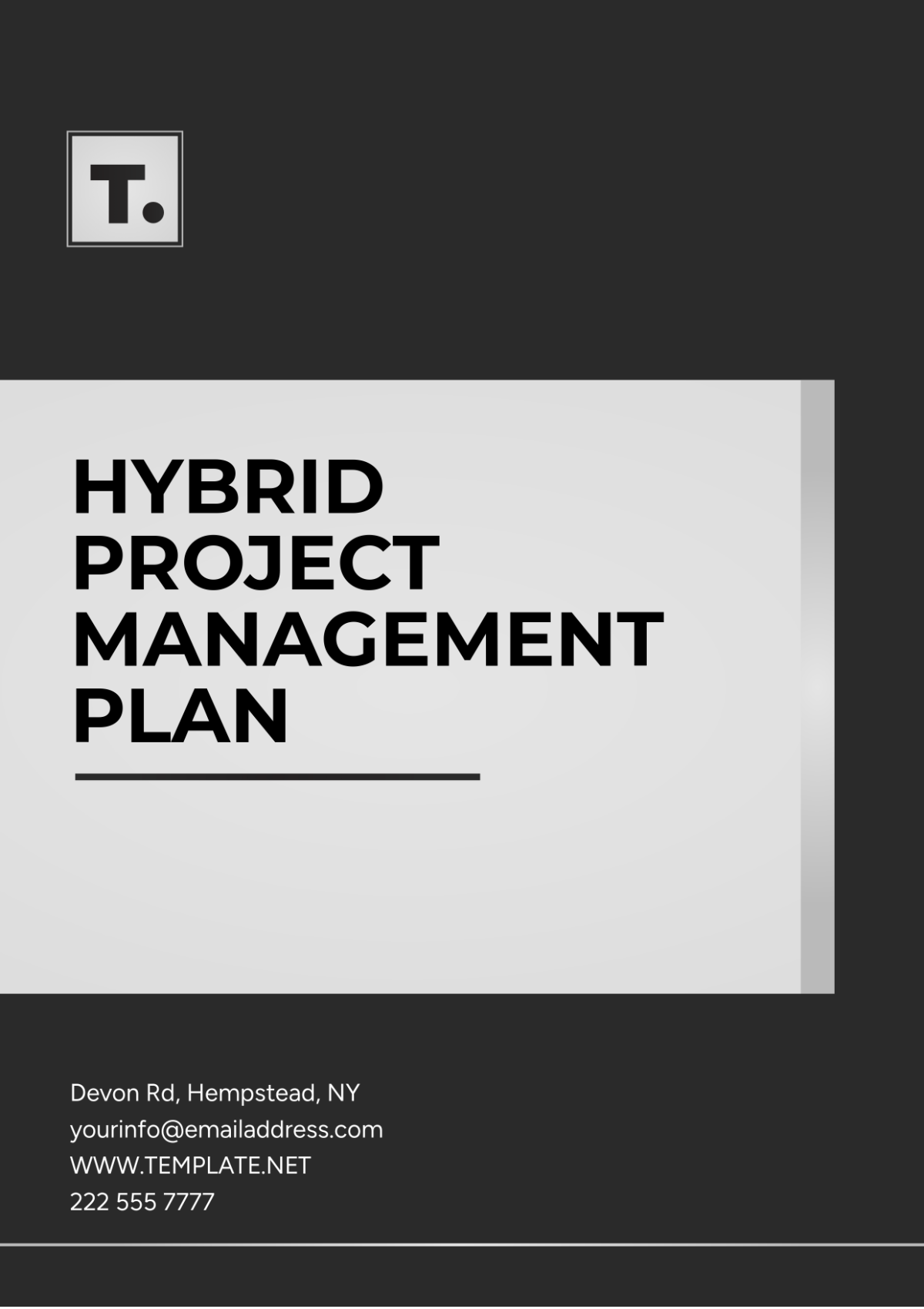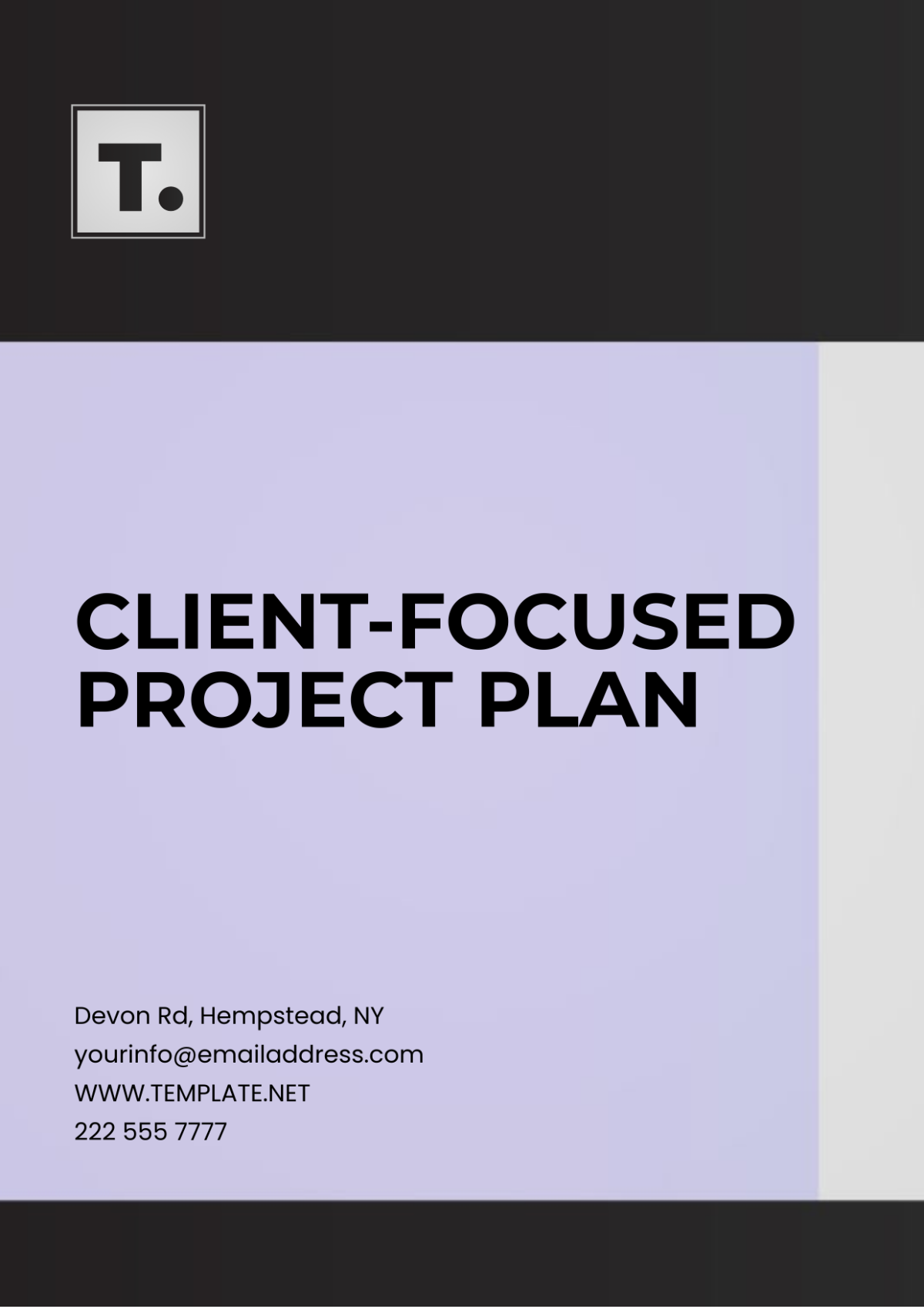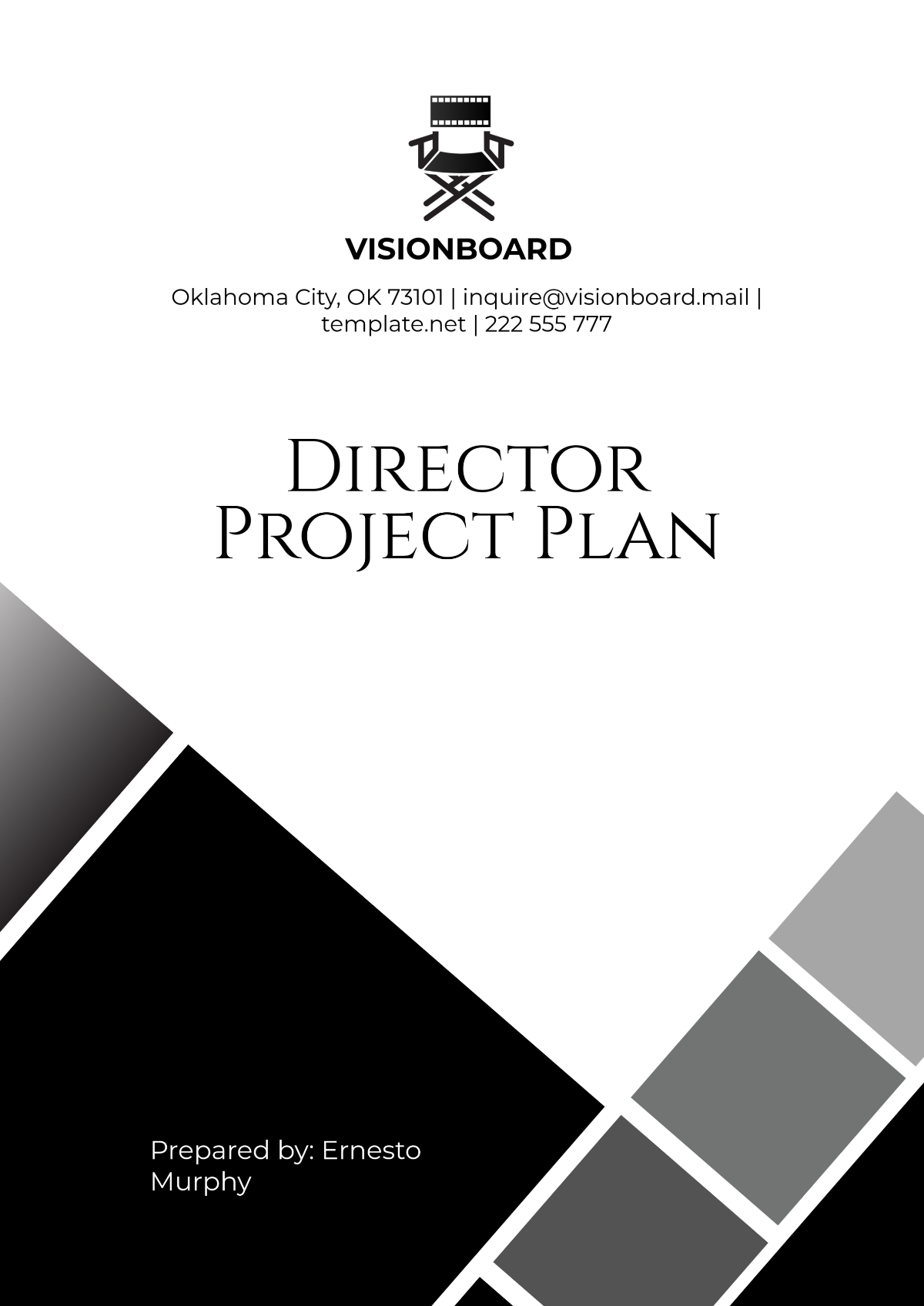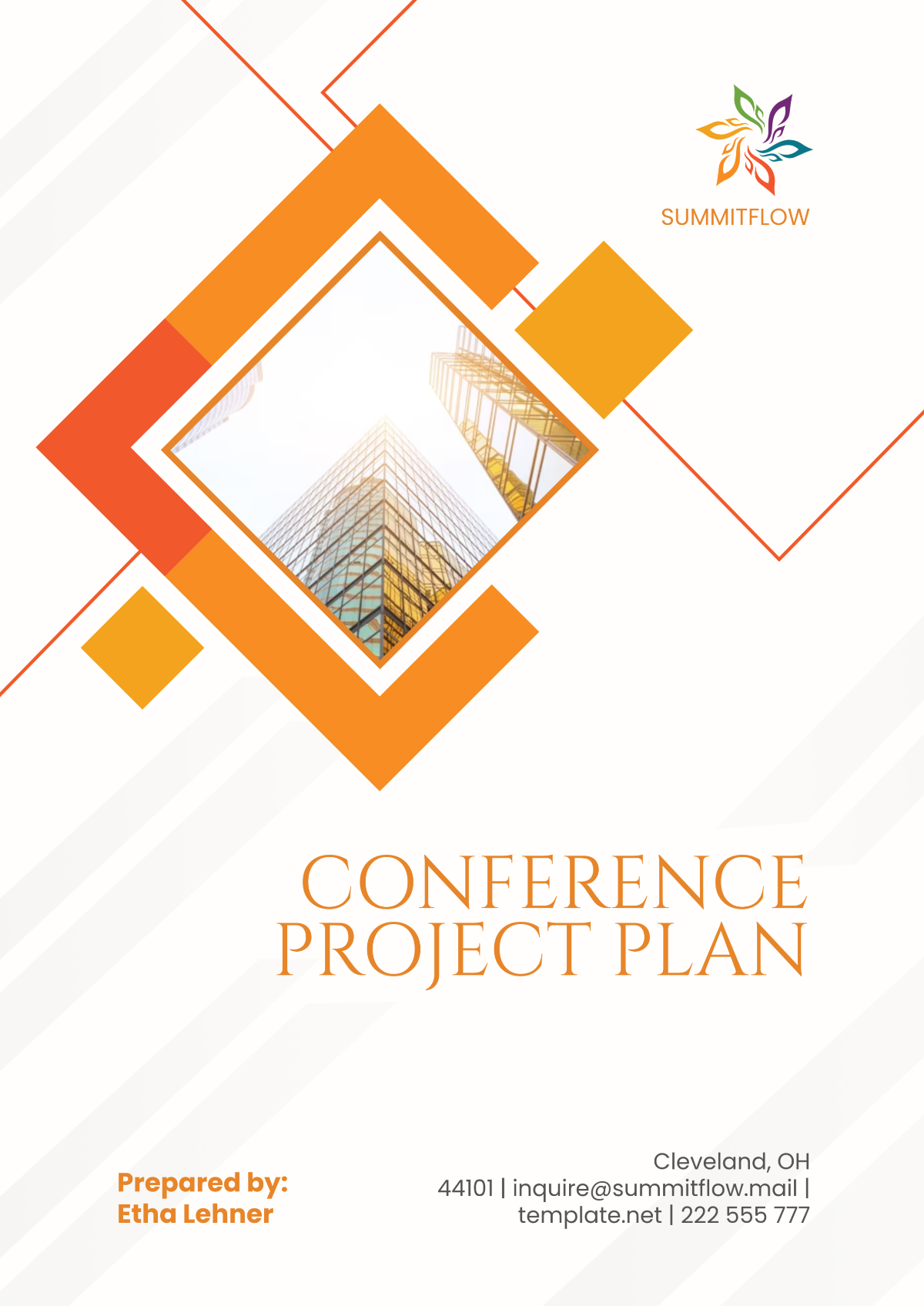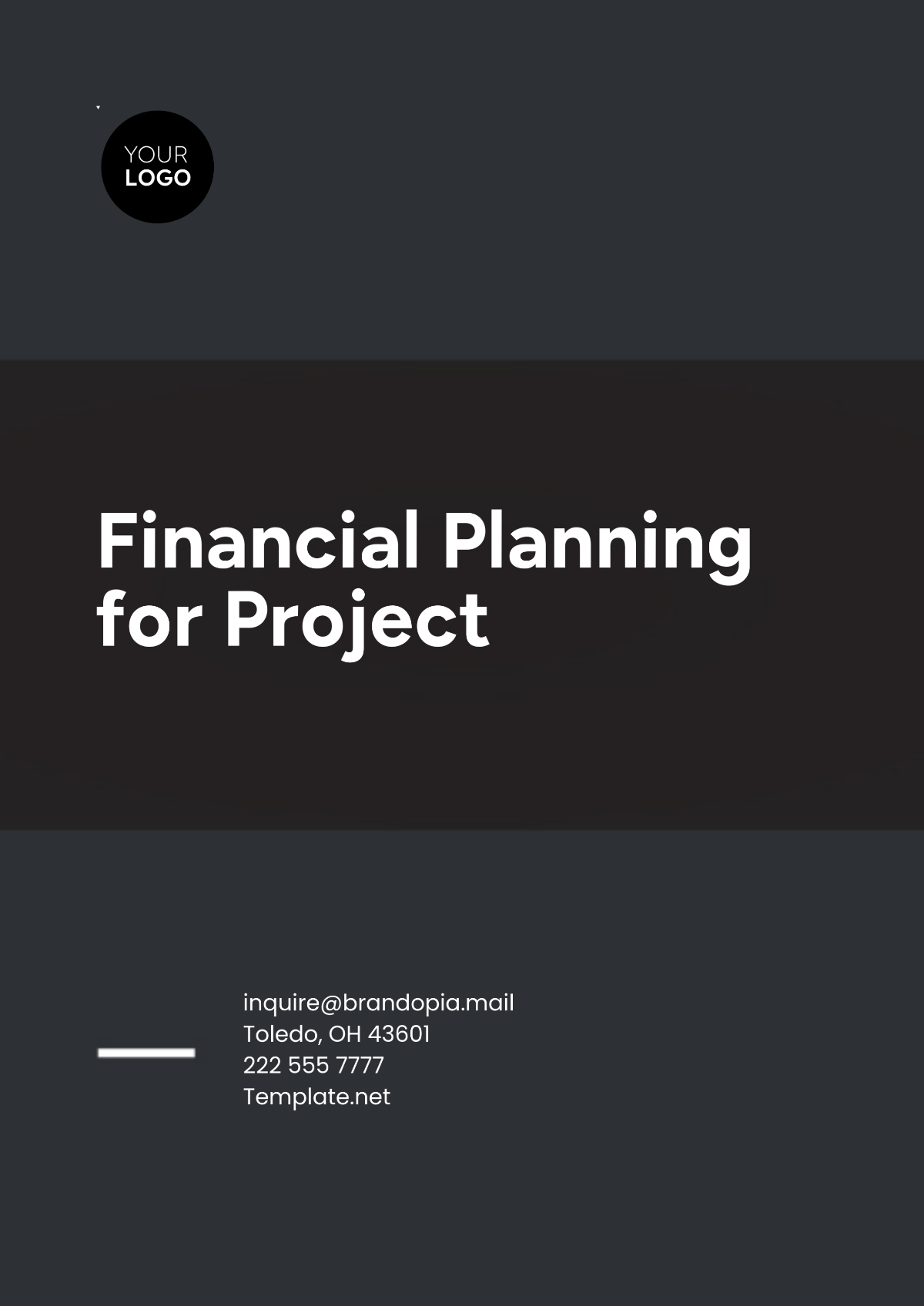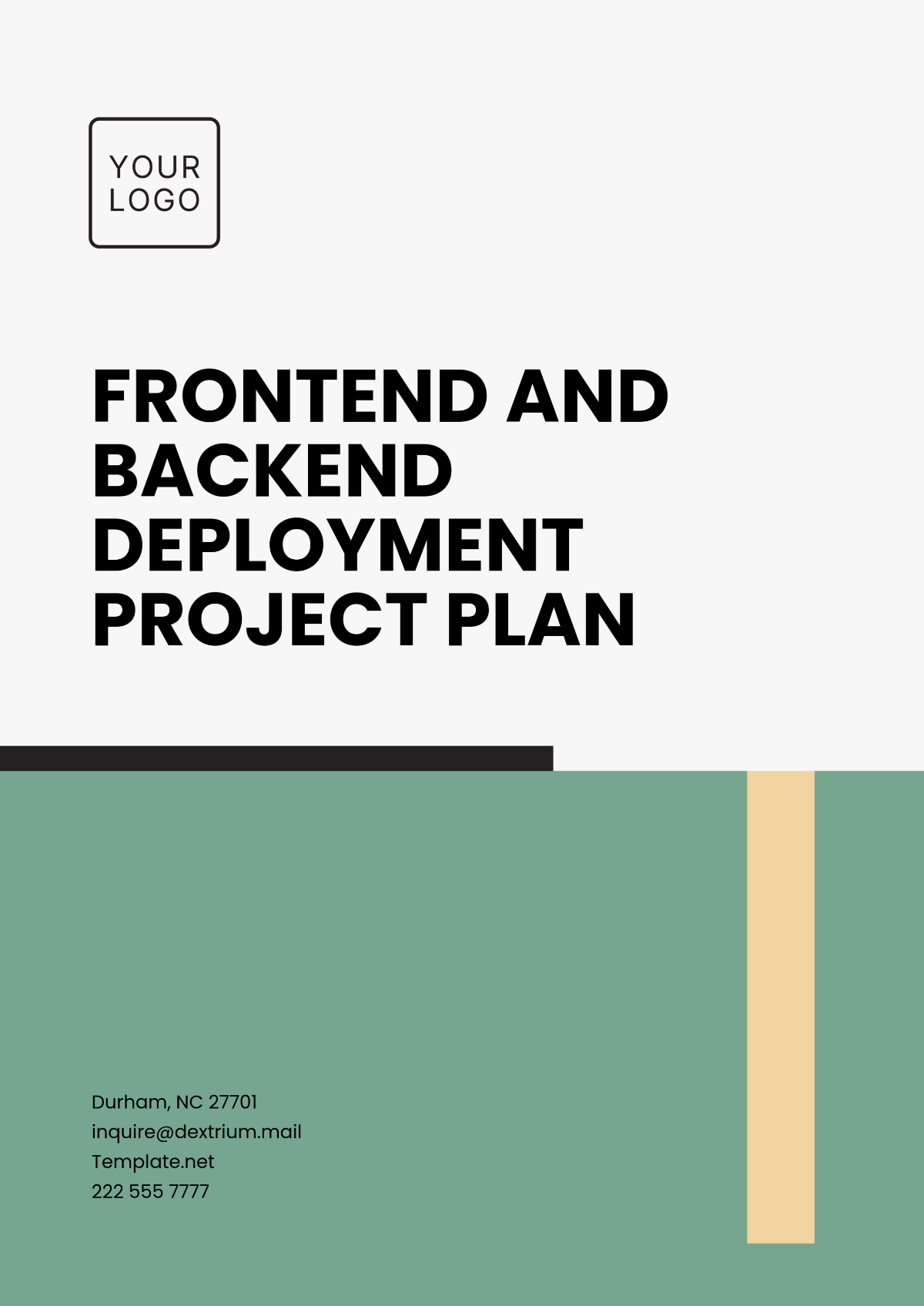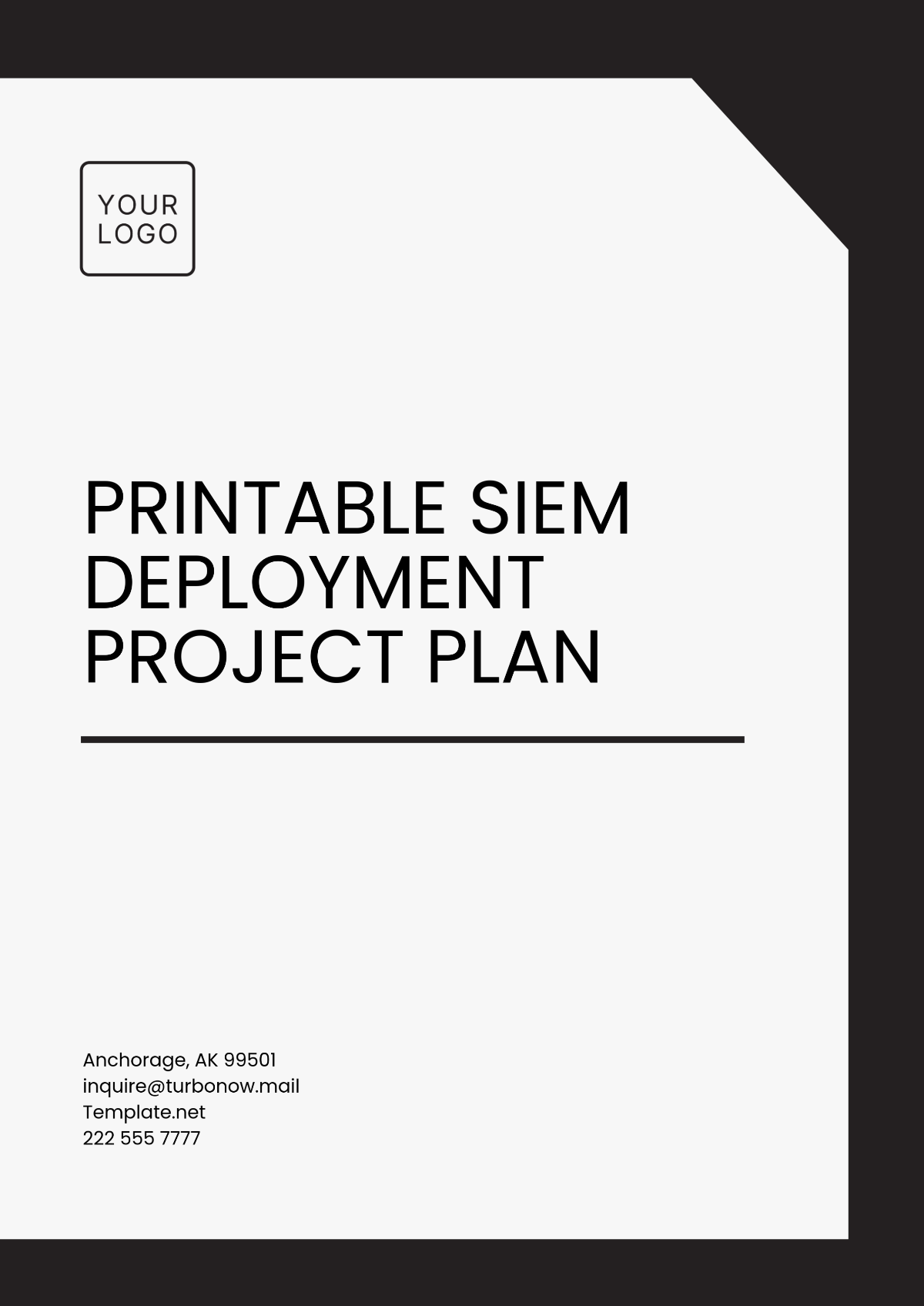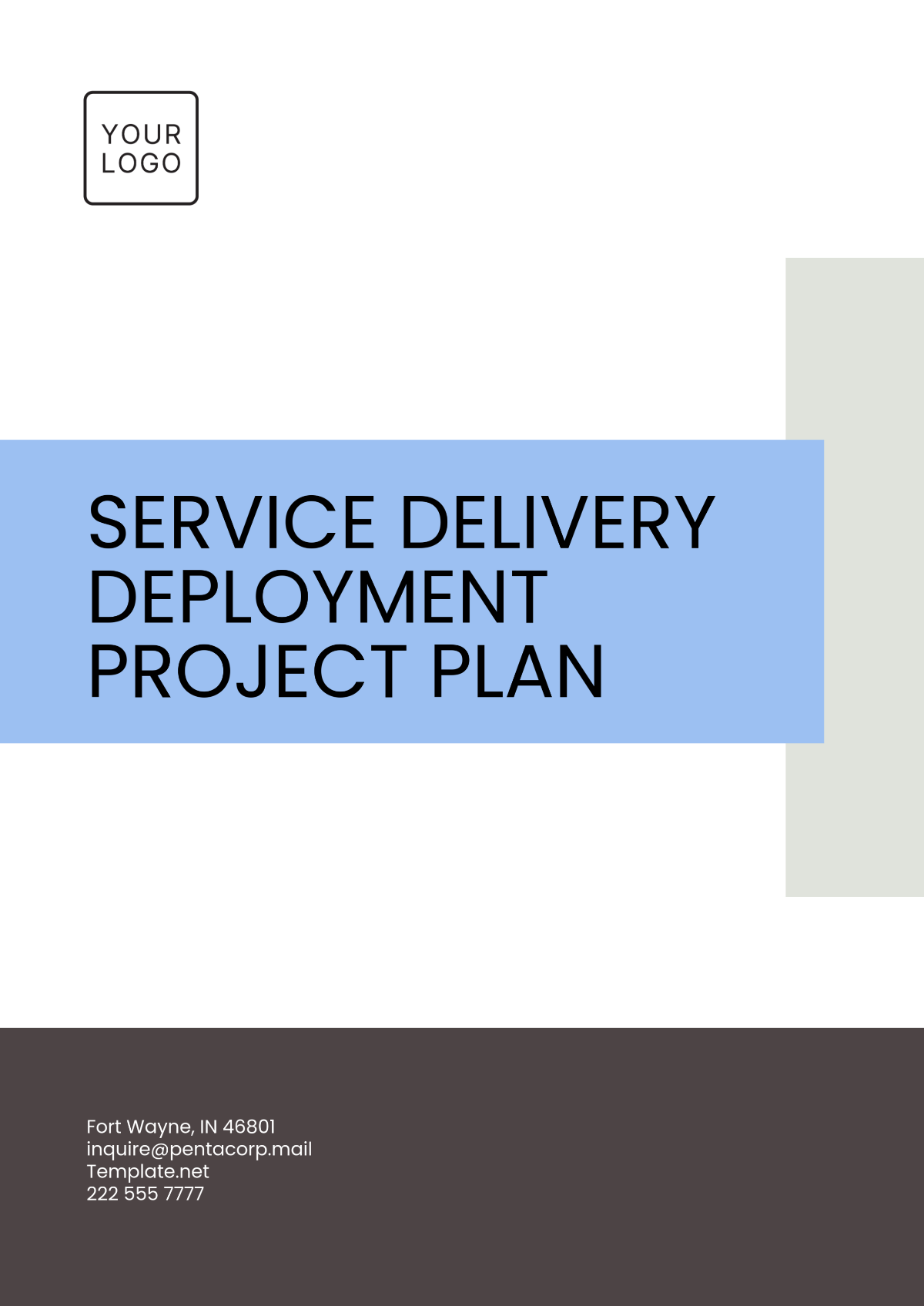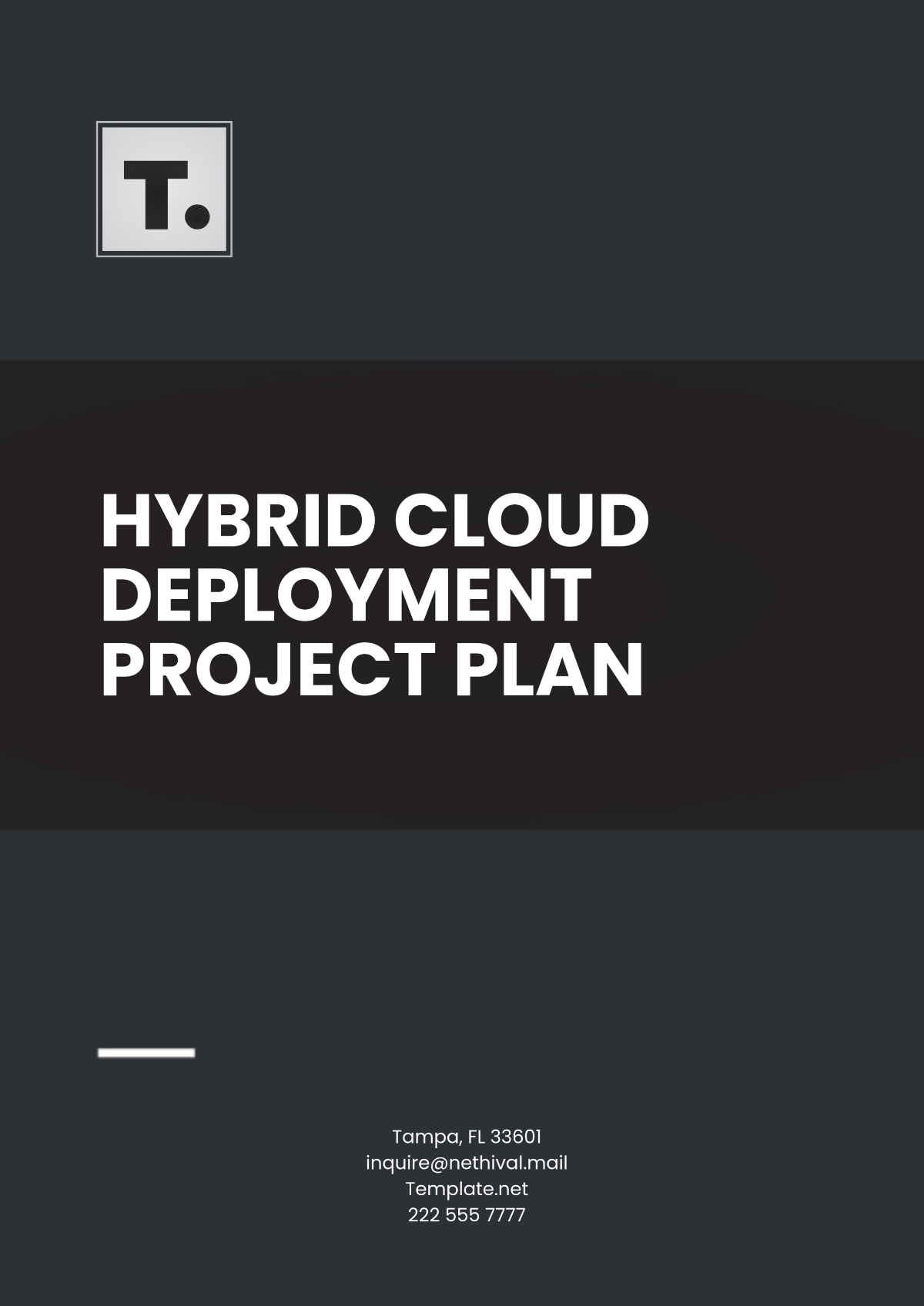Free Architecture Business Project Plan Template
Architecture Business Project Plan
I. Executive Summary
This Architecture Business Project Plan outlines [Your Company Name]'s strategic approach to establishing and expanding a successful architecture firm. The plan begins with a thorough analysis of the current architecture industry, highlighting key trends, market demands, and competitive dynamics. By leveraging this analysis, [Your Company Name] aims to identify and target specific market segments that offer the highest growth potential. The plan includes comprehensive marketing strategies designed to position the firm effectively within the industry, establish a strong brand presence, and attract a diverse client base. Additionally, it incorporates detailed financial projections and operational guidelines to ensure both short-term success and long-term sustainability.
Our approach emphasizes a commitment to innovative design solutions and exceptional client service, which are critical to differentiating [Your Company Name] in a competitive market. The plan outlines specific milestones and performance metrics to track progress, assess performance, and adjust strategies as needed. With a focus on strategic planning, effective marketing, and financial prudence, [Your Company Name] is well-positioned to achieve significant growth and establish a reputable presence in the architecture industry.
II. Industry Analysis
Understanding the architecture industry is essential for crafting a successful business strategy. This section provides a comprehensive overview of the market dynamics, including growth drivers such as urbanization and sustainable building trends. It also examines the competitive landscape, highlighting the key players and their differentiators. This analysis will guide [Your Company Name] in positioning itself effectively and capitalizing on emerging opportunities within the industry.
1. Market Overview
The architecture industry is experiencing robust growth, driven by accelerating urbanization and a heightened demand for sustainable building practices. According to the American Institute of Architects (AIA), the sector is witnessing a positive trajectory, particularly in residential and commercial construction. This growth is fueled by increasing investments in infrastructure, a shift towards eco-friendly design solutions, and the expansion of smart city initiatives. The trend towards integrating sustainability and technology into architectural practices is expected to continue, presenting significant opportunities for firms that can adapt and innovate in response to these evolving demands.
2. Competitive Landscape
he competitive landscape of the architecture industry is characterized by a diverse range of players, including established firms, emerging startups, and boutique agencies. Key differentiators among competitors include specialized expertise in sustainable design, technological innovation, and a commitment to client satisfaction. Established firms often leverage their extensive experience and established reputations, while new entrants and boutique agencies may focus on niche markets or cutting-edge design approaches. To gain a competitive edge, [Your Company Name] will emphasize its unique strengths in these areas, aiming to offer innovative solutions that address both current and future client needs while differentiating itself from the competition.
III. Target Market
Accurate identification and analysis of the target market are crucial for tailoring services to effectively meet client needs. This section delves into the demographic profile of [Your Company Name]'s primary and secondary markets and outlines their specific requirements. By understanding these market segments, [Your Company Name] can craft targeted strategies that address the unique demands and preferences of potential clients, ensuring alignment with market expectations and maximizing business opportunities.
1. Demographic Profile
To effectively target our services, it is essential to understand the demographic profile of our primary and secondary markets. The following table outlines these key market segments for [Your Company Name].
Primary Target Market | Secondary Target Market |
|---|---|
|
|
2. Market Needs
Clients increasingly prioritize sustainable building practices, seeking designs that minimize environmental impact and enhance energy efficiency. Modern design aesthetics are also crucial, with a preference for innovative and visually appealing solutions. Additionally, cost-effective and timely project completion are key factors, as clients look for value without compromising quality. Addressing these needs will be central to [Your Company Name]’s service offerings.
IV. Marketing Strategy
A robust marketing strategy is essential for establishing [Your Company Name]’s market presence and achieving business growth. This section outlines our approach to brand development, lead generation, and client retention. By focusing on creating a strong brand identity, leveraging digital marketing techniques, and forming strategic partnerships, [Your Company Name] will enhance its visibility, attract potential clients, and build lasting relationships within the industry. Each component of the strategy is designed to drive growth and position the firm as a leader in the architecture sector.
1. Branding and Positioning
[Your Company Name] will position itself as a premier provider of sustainable and innovative design solutions. Our branding strategy will highlight our expertise through relevant industry certifications and showcase our flagship projects to demonstrate our capabilities and commitment to excellence. By emphasizing our unique strengths in eco-friendly design and cutting-edge technology, we will differentiate ourselves from competitors and appeal to clients who value sustainability and modern aesthetics. This strategic positioning will be reinforced through targeted marketing efforts and high-profile project engagements.
2. Digital Marketing
To drive traffic and generate leads, [Your Company Name] will implement a comprehensive digital marketing strategy that includes:
Search Engine Optimization (SEO): Enhancing website visibility and ranking on search engines.
Content Marketing: Creating valuable content to attract and engage potential clients.
Social Media Campaigns: Leveraging platforms like LinkedIn, Instagram, and Facebook to reach a broader audience.
Email Marketing: Sending targeted communications to nurture leads and retain clients.
3. Strategic Partnerships
Forming strategic alliances will be crucial to expanding our service offerings and market reach. [Your Company Name] will seek partnerships with:
Construction Firms: To collaborate on projects and enhance service delivery.
Real Estate Developers: To gain access to new projects and client networks.
Industry Influencers: To boost credibility and visibility through endorsements and collaborative efforts.
V. Financial Projections
Accurate financial projections are vital for ensuring [Your Company Name]’s profitability and effective cash flow management. This section details anticipated revenue streams and expense projections to provide a clear financial roadmap. By forecasting revenues and expenditures, we aim to support strategic planning, monitor financial health, and guide decision-making for sustainable growth.
1. Revenue Streams
To support financial stability and growth, [Your Company Name] will generate revenue through the following streams:
Design fees
Project management fees
Consulting services
Sustainable design certifications
2. Expense Projections
The following table outlines projected expenses for [Your Company Name] over the first three years. These projections include key operational costs such as staff salaries, marketing, and general operational expenses. Monitoring these figures will be essential for maintaining financial health and making informed business decisions.
Expense Category | Year 1 | Year 2 | Year 3 |
|---|---|---|---|
Staff Salaries | $500,000 | $550,000 | $600,000 |
Marketing | $100,000 | $120,000 | $140,000 |
Operational Costs | $200,000 | $220,000 | $240,000 |
VI. Operational Plan
The operational plan details the processes and protocols [Your Company Name] will implement to ensure efficient and effective project execution. This plan is designed to streamline operations, maintain high-quality standards, and support the firm's growth objectives. By focusing on staffing, workflow processes, and quality control, [Your Company Name] aims to deliver exceptional architectural services and achieve operational excellence.
1. Staffing Plan
[Your Company Name] will build a team of highly skilled professionals, including experienced architects, project managers, and support staff. We will focus on recruiting individuals with proven expertise and a commitment to innovation. To foster a culture of continuous improvement, the firm will offer ongoing professional development opportunities, including training programs, workshops, and industry certifications. This approach will ensure that our team remains at the forefront of industry trends and practices.
2. Workflow Processes
To optimize project execution, [Your Company Name] will implement standardized workflow processes that cover all stages of a project. This includes:
Project Initiation: Establishing clear project scopes, timelines, and objectives.
Design Development: Developing detailed design plans and securing client approvals.
Project Delivery: Overseeing construction and ensuring alignment with design specifications.
Project Management Software: Utilizing advanced tools to monitor project progress, track milestones, and enhance efficiency.
3. Quality Control
Maintaining high service standards will be central to our operations. [Your Company Name] will establish comprehensive quality control measures, including:
Peer Reviews: Conducting internal reviews to ensure design accuracy and compliance with standards.
Client Feedback Loops: Soliciting client feedback throughout the project to address concerns promptly and refine deliverables.
Regular Audits: Performing periodic audits of project processes and outcomes to identify areas for improvement and ensure adherence to quality benchmarks.
VII. Conclusion
This Architecture Business Project Plan offers a detailed and strategic framework for [Your Company Name] to establish and grow a successful architecture firm. By integrating a thorough industry analysis, targeted market insights, and a robust operational plan, the firm is well-positioned to navigate the competitive landscape and capitalize on emerging opportunities. The plan outlines clear strategies for brand development, marketing, and financial management, ensuring that [Your Company Name] can effectively attract clients, manage resources, and deliver high-quality services.
As [Your Company Name] implements these strategies, it will be essential to remain flexible and responsive to changing market conditions and client needs. Continuous evaluation and adaptation will be key to sustaining growth and achieving long-term profitability. By focusing on innovation, maintaining high standards of service, and building strong client relationships, [Your Company Name] will be able to differentiate itself in the architecture industry and establish a reputation for excellence. This proactive approach will support the firm’s ambitions and drive its success in a dynamic and evolving market.

